The likelihood of seeing yellow things in nature is quite high. Some plants use the brightest color in the spectrum to attract pollinators, and some animals use it to warn off predators.
Yellow is a joyful color that is often found in nature – foods, flowers, plants, animals, and minerals are some of the things that are naturally yellow.
This article is divided into visual representation lists of yellow things organized into categories like yellow foods, animals, plants, and flowers.
Carotenoids are the plant pigments that are most responsible for yellow things in nature.
Although there are numerous yellow fruits, vegetables, plants and animals, we have selected those that we believe are the most important.
So these are things that are naturally yellow, and their colour has not been anthropically influenced.
What is associated with yellow?
Yellow is a color often associated with optimistic and happy things.
Because yellow is the color of sunshine, it is also associated with joy, happiness, energy, enthusiasm, and creativity.
The color yellow inspires and amuses us at the same time. It is a cognitive enhancer and is associated with enlightenment.
Being the most visible color in the spectrum, it easily attracts attention.
List of things that are yellow
This is a comprehensive list of yellow things that you can find in nature: yellow foods, animals, birds, reptiles, plants and flowers.
Yellow things
Sun

Sun – The nearest star to Earth, the sun is located in the Milky Way Galaxy’s spiral arm known as the Orion Spur. The sun appears yellow because the atmosphere scatters a shorter wavelength of sunlight to larger wavelengths. Throughout the day, the atmosphere scatters purple and blue colors, producing yellowish sunlight.
Saturn

Saturn – The second-largest planet of the Solar System and the sixth largest planet from the Sun, Saturn has a pale yellow color due to ammonia crystals in the upper atmosphere.
Amber

Amber – Amber, which can be yellowish or golden, is one of the oldest organic gemstones. It is made from fossilized resin from an extinct conifer species that is 30 to 50 million years old. Amber is the oldest precious material known to man.
Citrine
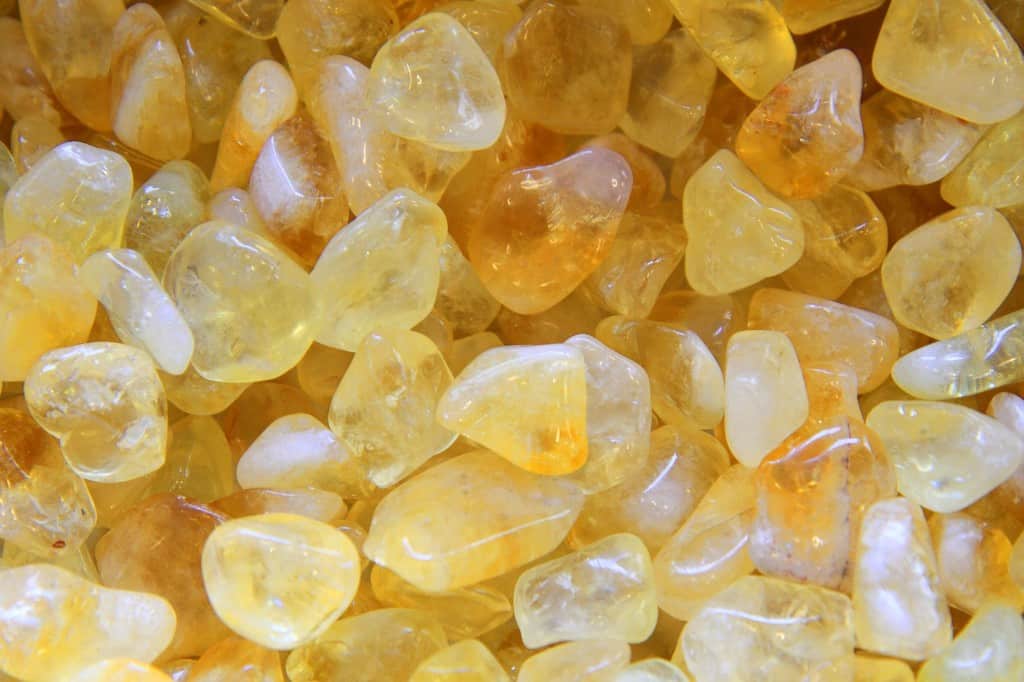
Citrine – Yellow citrine is a superb gemstone that is extremely rare in nature. Citrine gets its yellow color from the presence of iron. The colors of this stone range from pale yellow to pinkish brown. The golden-yellow hue is the most popular among collectors.
Yellow Sapphire
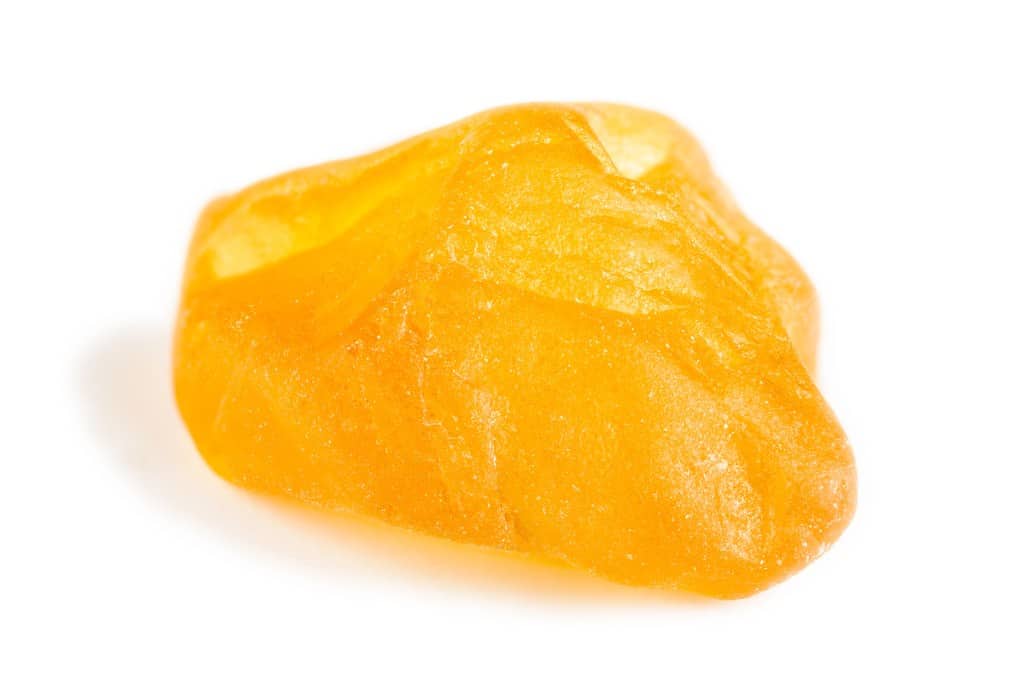
Yellow Sapphire – Formed from the mineral corundum and colored with trace elements of iron, the yellow sapphire is twinned with blue sapphire and ruby. The presence of iron and titanium contributes to the yellow color.
Gold
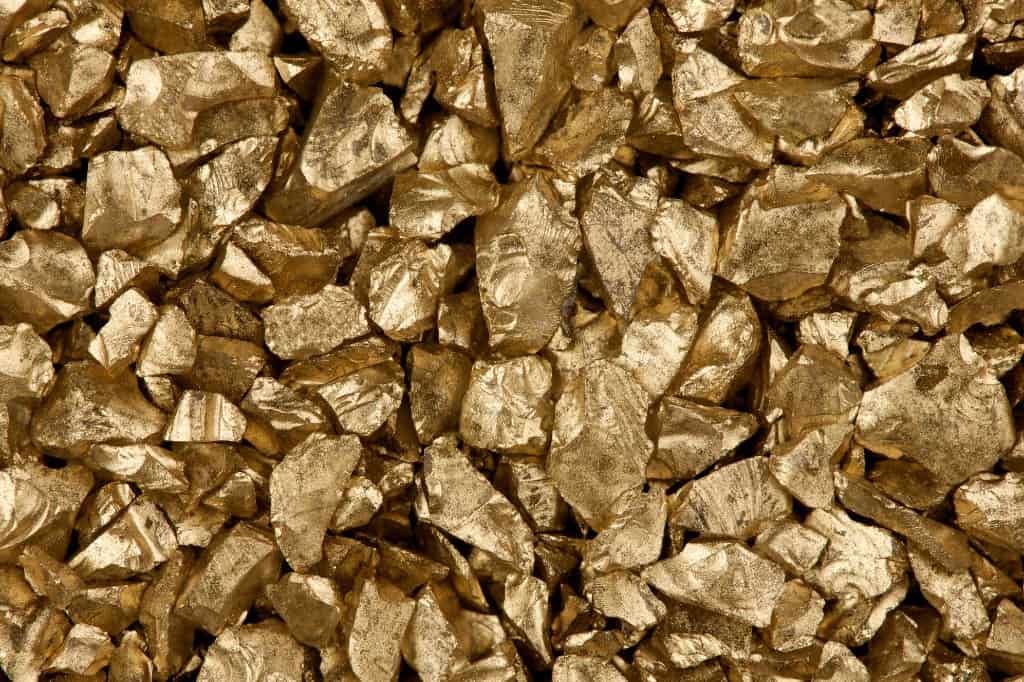
Gold – Gold is the most malleable and ductile metal, despite being one of the densest materials. This highly valued precious metal appears yellow because it absorbs more blue light than other wavelengths of light. As a result, the reflected light does not contain any blue.
Honeycomb
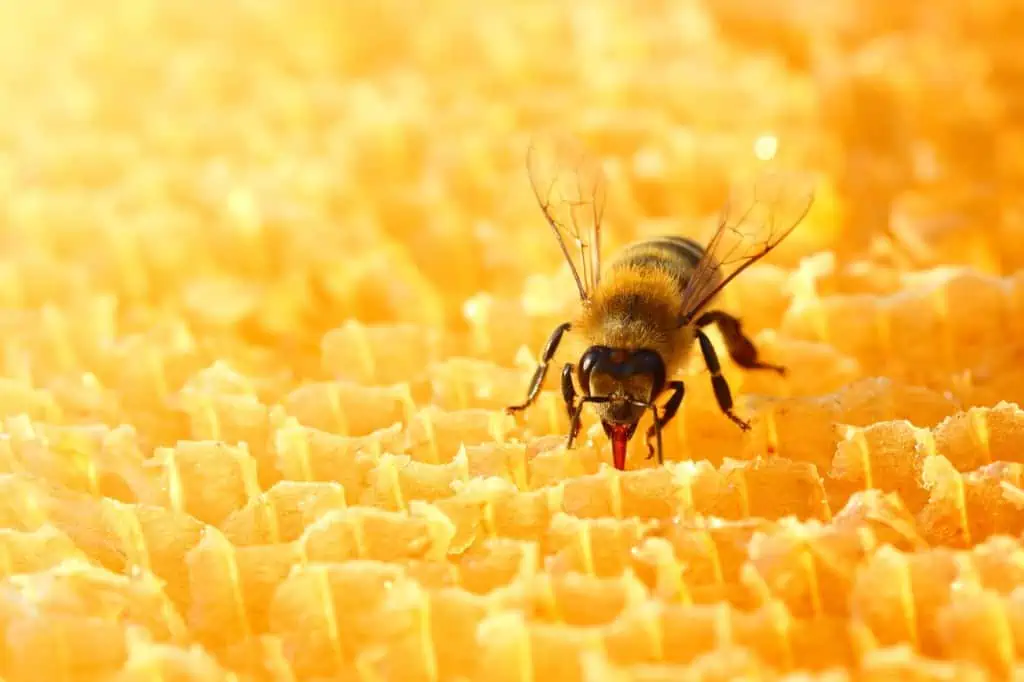
Honeycomb – It’s made up of hexagonal prismatic wax cells. Honeycomb is made from beeswax, a substance that is secreted by certain glands. The yellow color of the honeycomb is caused by colonies of antimicrobial agents, pollen, propolis layers, and bee excrement. As a result, the shades can range from light yellow to dark yellow.
Yellow foods
Banana
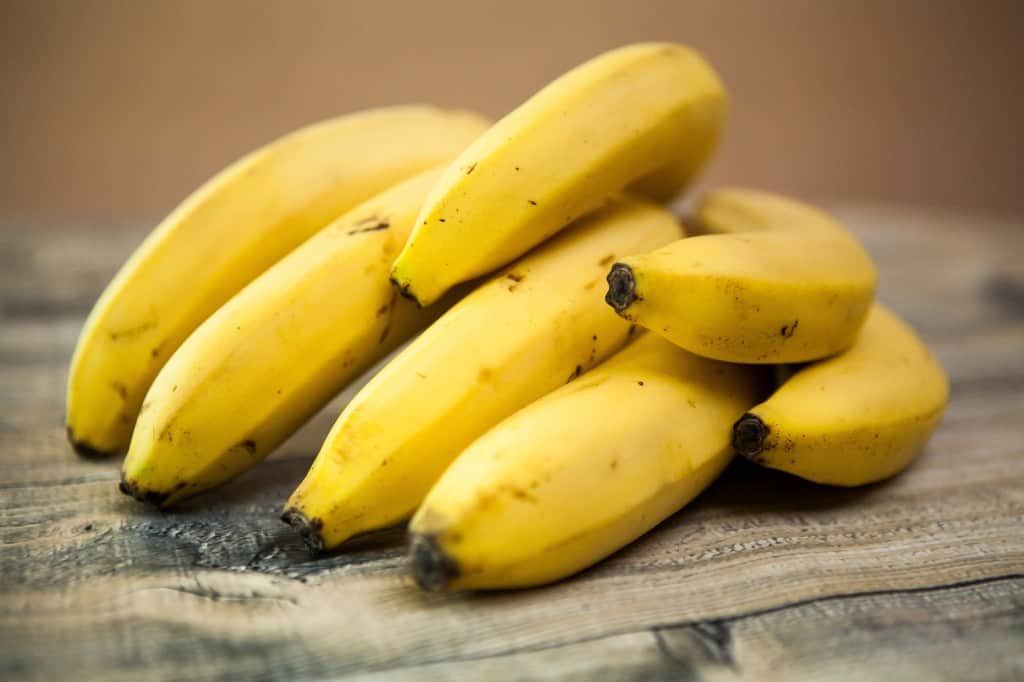
Banana – The banana, the fruit of the banana tree, is the fourth most consumed food by humans after rice, wheat, and corn. Bananas are a healthy and delicious fruit native to Southeast Asia, known for their health-promoting nutrients: they are high in antioxidants and potassium, support digestive, heart, and kidney health, and can improve blood sugar levels. The yellow color of bananas is caused by a decrease in chlorophyll during the ripening process. They turn brown when they are overripe due to the fermentation of sugars in the banana and peel.
Lemon
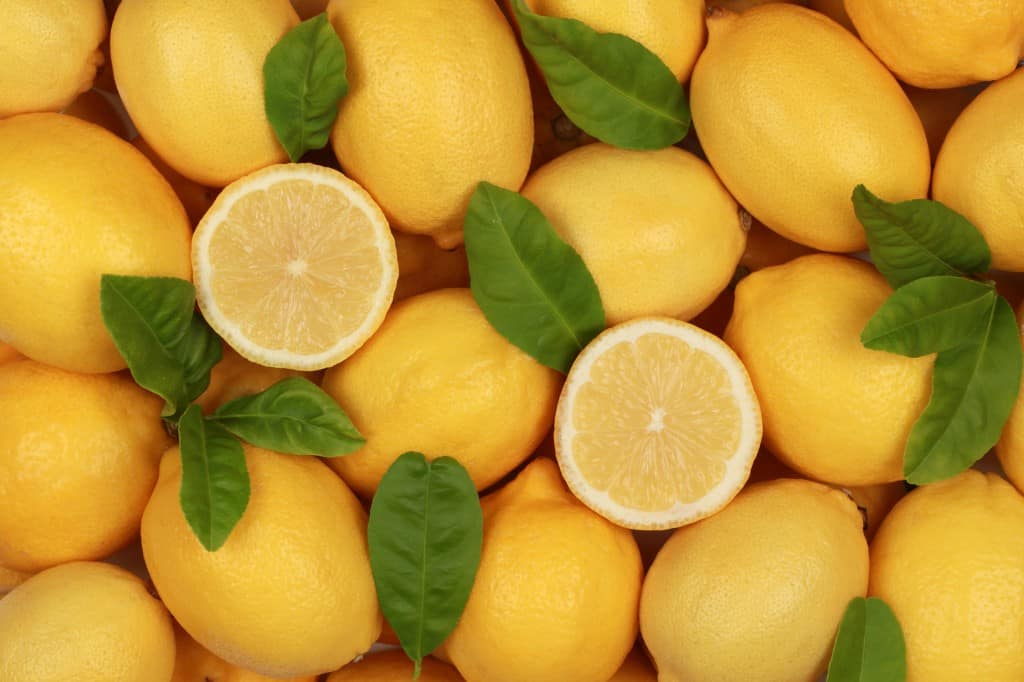
Lemon – This fruit grows on the same-named tree. The lemon is a bright yellow fruit that is high in vitamin C, soluble fiber, and plant compounds. They are well-known for their health benefits, such as lowering the risk of heart disease, anemia, digestive issues, kidney stones, and even weight loss. The lemons are green at first but turn yellow as they ripen because the pigment chlorophyll is replaced by anthocyanin, a chemical that gives fruit and vegetables their yellow color.
Quince

Quince – The fruit of the same-named tree, quince is indigenous to Iran, Turkey, and Greece. It has a strong aroma and a bright yellow color. Quince is a natural anti-inflammatory that is high in antioxidants and nutrients. It can be used to treat ulcers and alleviate symptoms of gastroesophageal reflux disease.
Pattypan squash
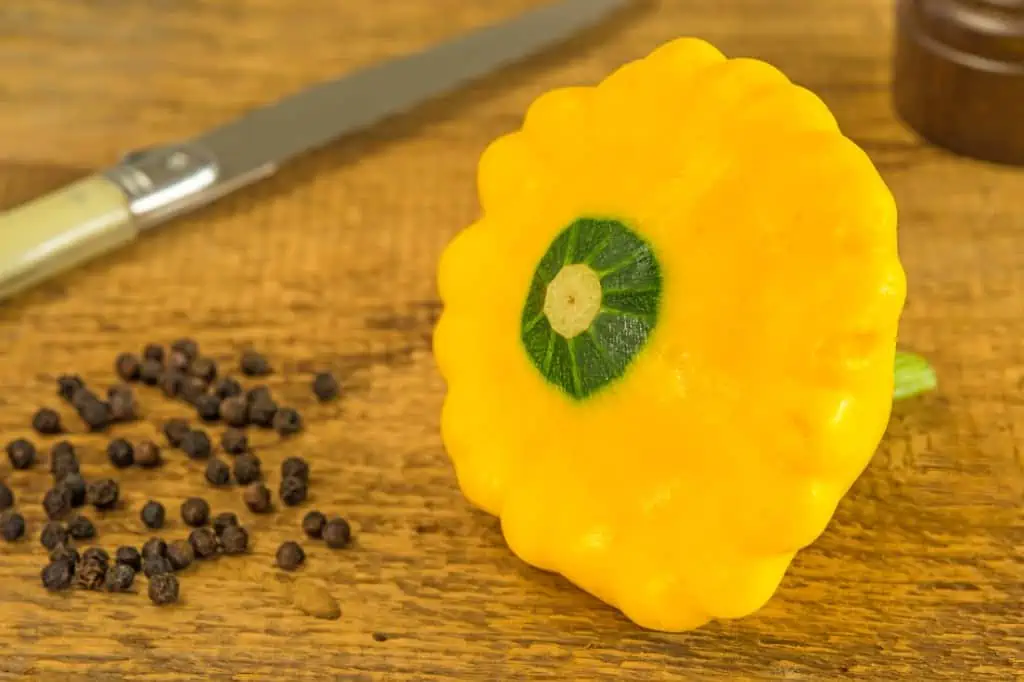
Pattypan squash – Organic summer squash, pattypan squash comes in a variety of colors ranging from bright yellow to green and even white. They are sweeter than pumpkins and taste best when young. These oddly shaped squash are related to the cucumber family. It is particularly tasty when grilled with garlic. Eastern Europeans use it to make pickles.
Yellow Kiwi
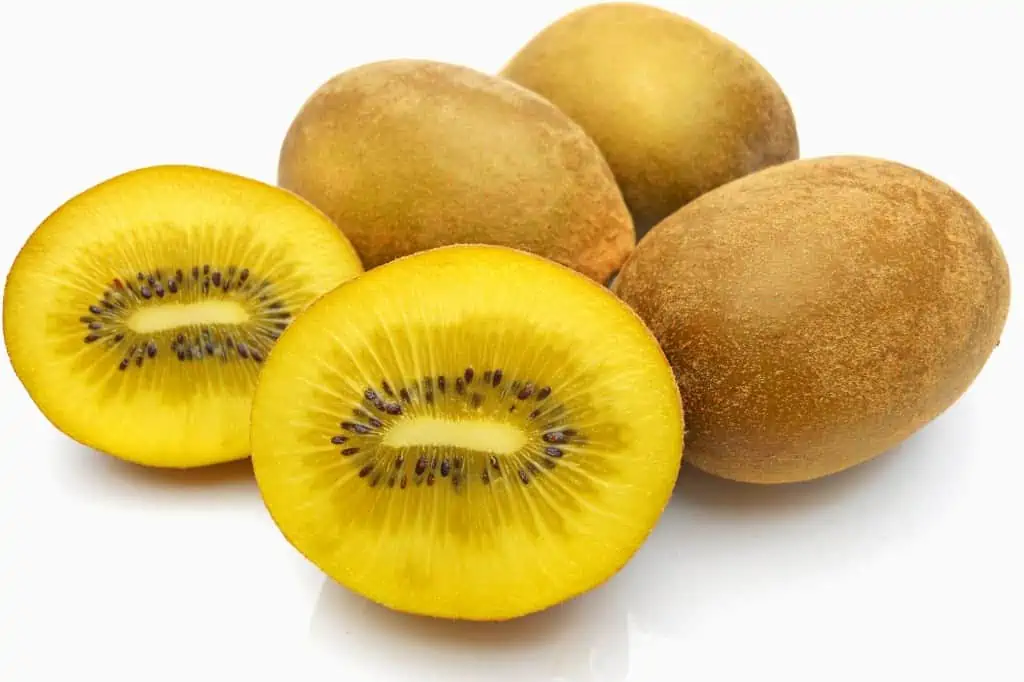
Yellow Kiwi – The golden kiwifruit, also known as the yellow kiwifruit, is a modern variety with smooth skin and a milder flavor than the green kiwifruit. This kiwi has a vibrant yellow color when sliced open and is great for fruit salads, desserts, or smoothies. It is high in fructose and promotes healthy digestion, skin, and weight loss.
Potato

Potato – The potato, which is high in nutrients and vitamins (potassium and vitamin C), was first cultivated by the Incas of Peru between 8,000 and 5,000 BC. Because potatoes are high in carbohydrates, they provide more energy than any other popular vegetable. Yellow potatoes have pale yellow to golden yellow skin and flesh. They are ideal for baking and boiling. The most popular yellow potato varieties are Bintje, Charlotte, Yellow Finn, and Yukon Gold. The yellow color of potatoes is caused by atoxanthin, a pigment found in white vegetables.
Yellow Pear Tomatoes
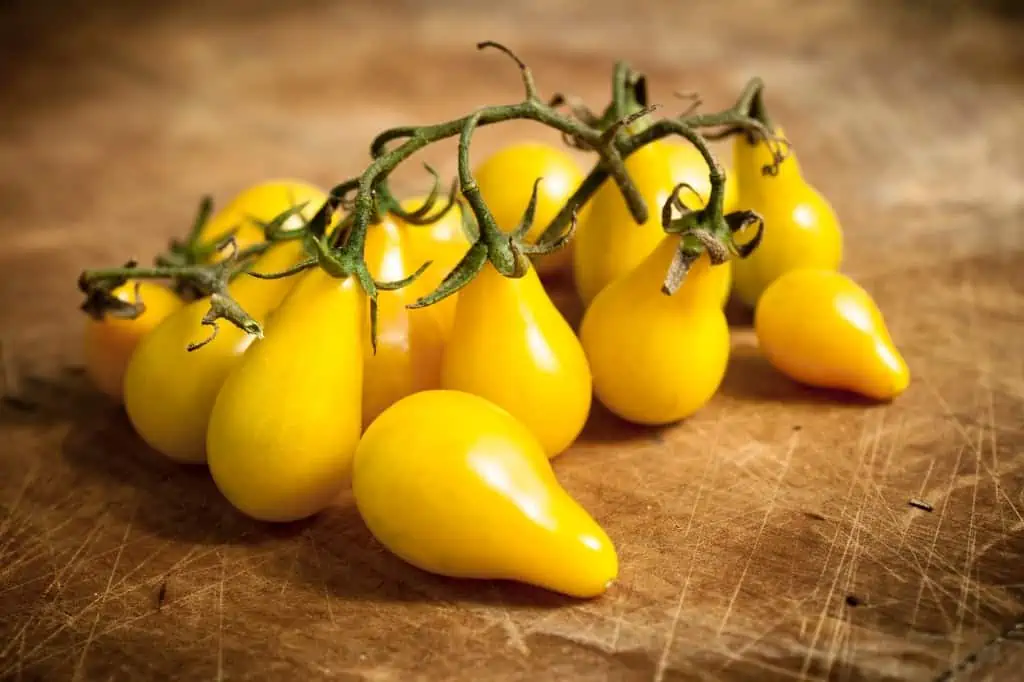
Yellow Pear Tomatoes – These small, pear-shaped yellow tomatoes are bright yellow in color and high in vitamins A, B, and C and mineral salts.
Yellow Tomato
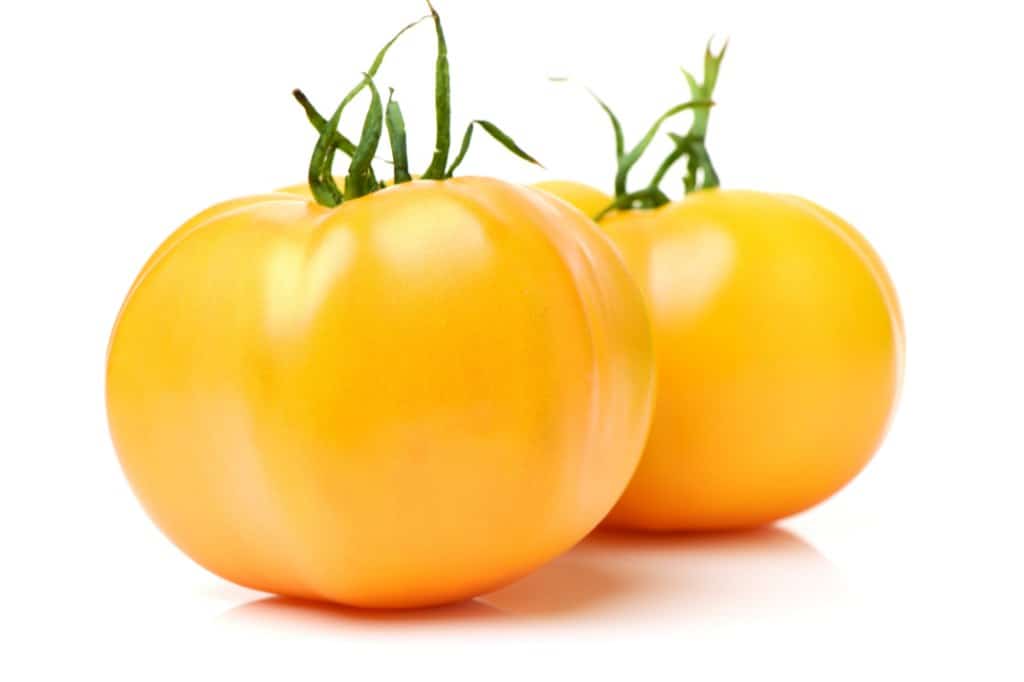
Yellow Tomato – Popular yellow tomatoes have thick skin and succulent, meaty, and hefty flesh due to their high water content nature. Yellow tomato varieties include earl of Edgecombe, Dixie golden giant, and Lemon boy. Yellow tomatoes have more sodium, niacin, and folic acid than red tomatoes, which have more vitamin B6 and pantothenic acid. Carotene, a pigment that produces yellow and orange hues, is responsible for the yellow color of tomatoes. Lycopene is responsible for the color in red ones.
Pear
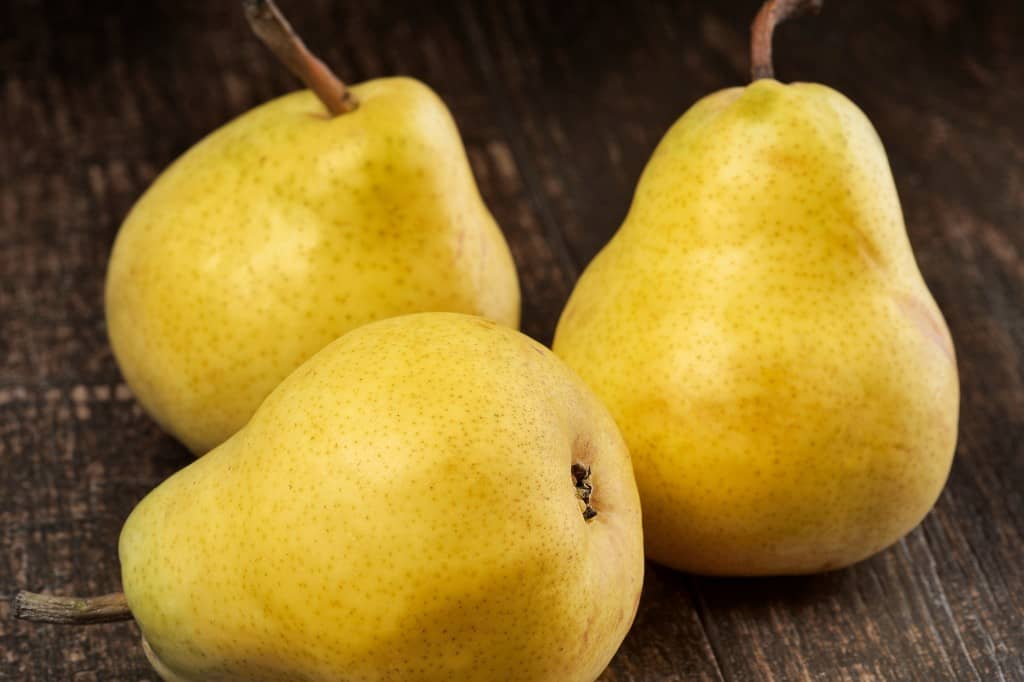
Pear – A sweet fruit high in fiber that is eaten all over the world due to its delicious taste. This fruit grows on a tree in the northern hemisphere from late summer to late autumn. Pears are high in antioxidants and low in fat and cholesterol. Pears can help lower your risk of cancer, diabetes, and heart disease.
Pineapple
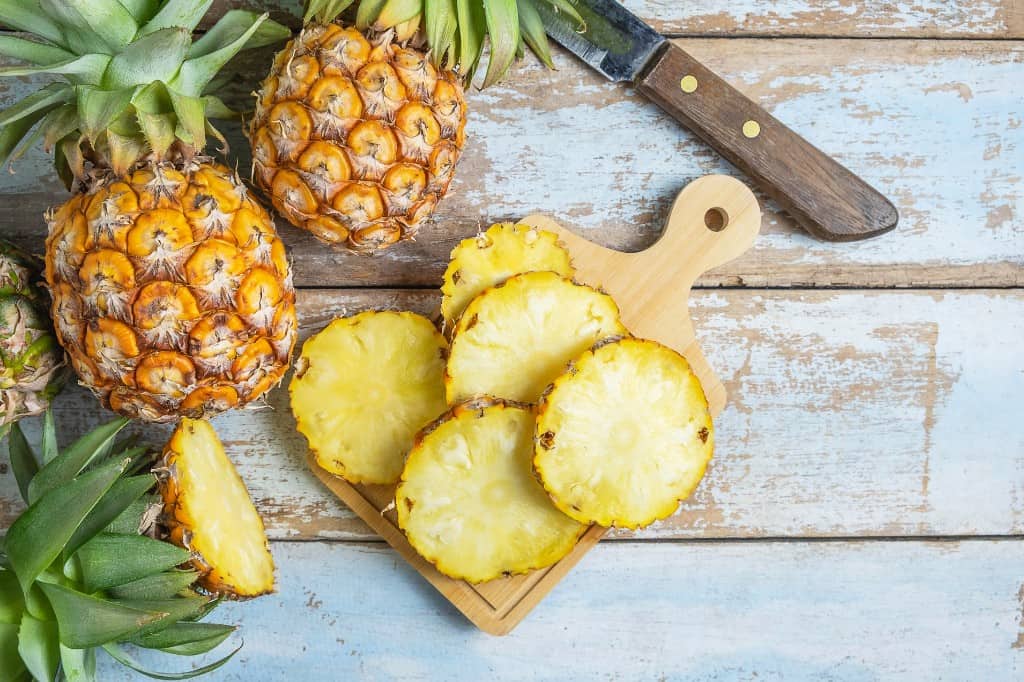
Pineapple – A tropical fruit native to South America, the pineapple has a centuries-long history. It is especially tasty and delicious, and it is also high in vitamins, minerals, nutrients, antioxidants, and enzymes, all of which help to fight inflammation and disease. Pineapple is high in vitamin C (88% of the daily value), manganese (109%), and vitamin B6 (11%). Pineapple is yellow due to the presence of carotene and xanthophyll. Pineapples are an excellent choice for yellow food at parties.
Yellow Dragon Fruit
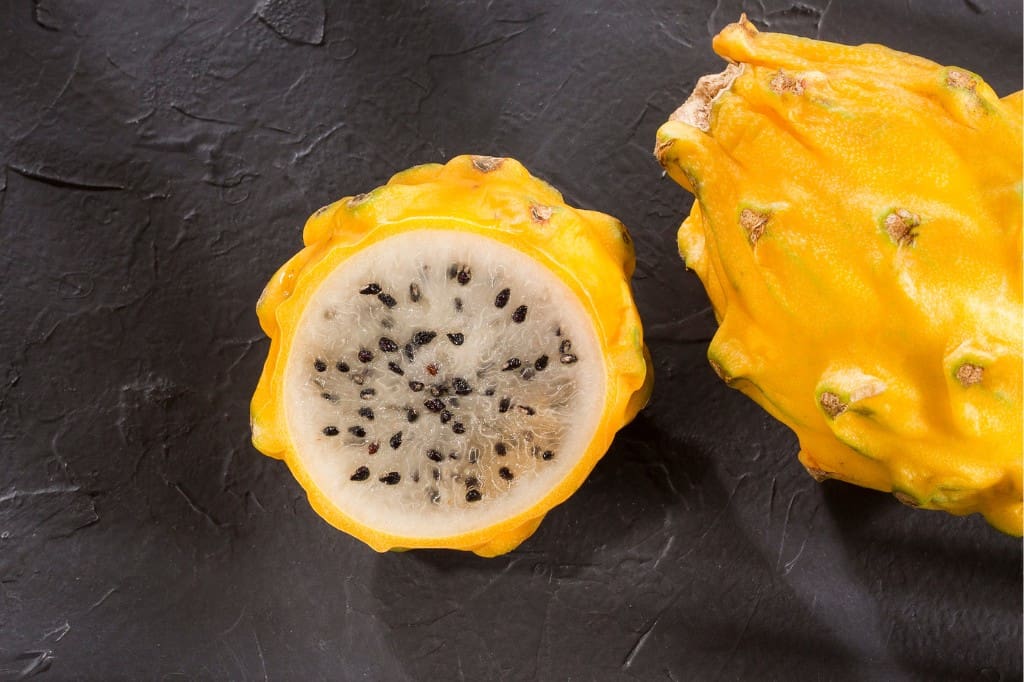
Yellow Dragon Fruit – This fruit, also known as dragon fruit, is high in antioxidants and vitamin C, and it can boost iron levels in the body. It is a delicious fruit with juicy sweetness. It is derived from a cactus plant and can be either red or yellow in color.
Golden Honeydew Melon
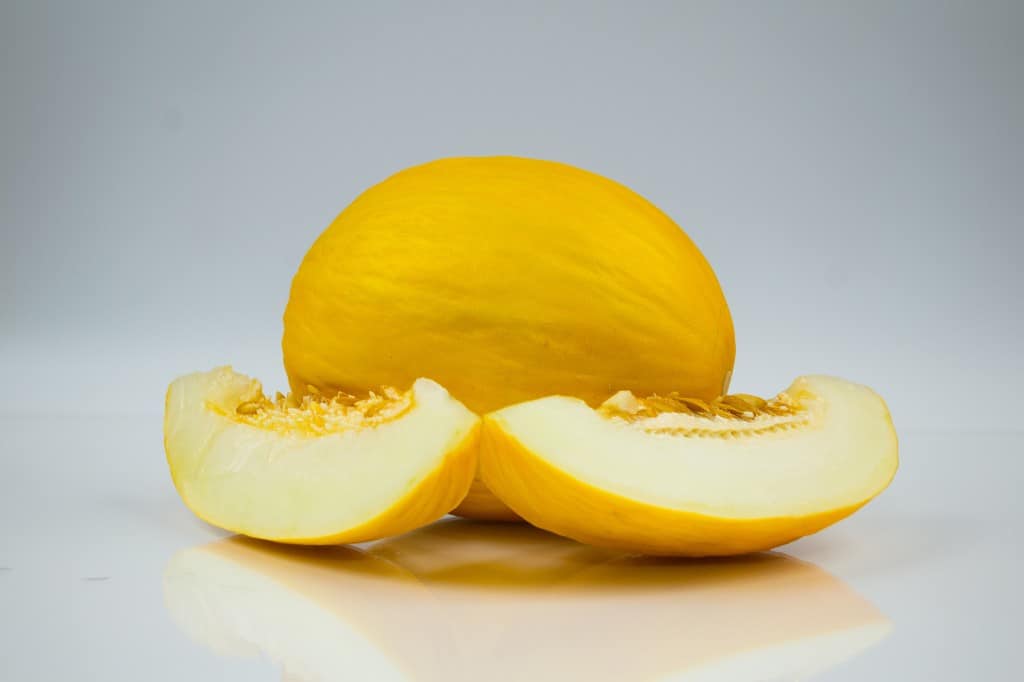
Golden Honeydew Melon – When ripe, the melon has a honeydew-like texture and golden hues. Melon is a naturally yellow gift from nature. It has sweet, juicy flesh that is extremely tasty. Yellow melons are round or oval in shape and are thought to have originated in West Africa.
Melon
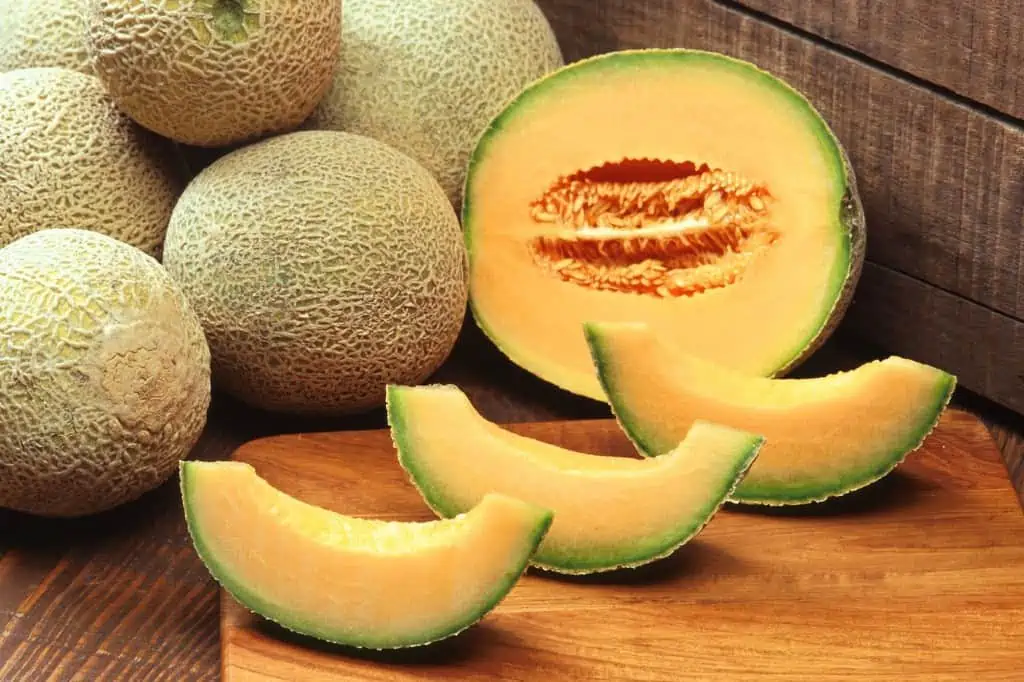
Melon – The primary distinction between gold honeydew and yellow melons is that gold honeydew melons are sweeter. Unlike gold honeydew melons, where the intensity of the color indicates whether it is ripe or not, traditional honeydew melons are more difficult to determine.
Passion fruit
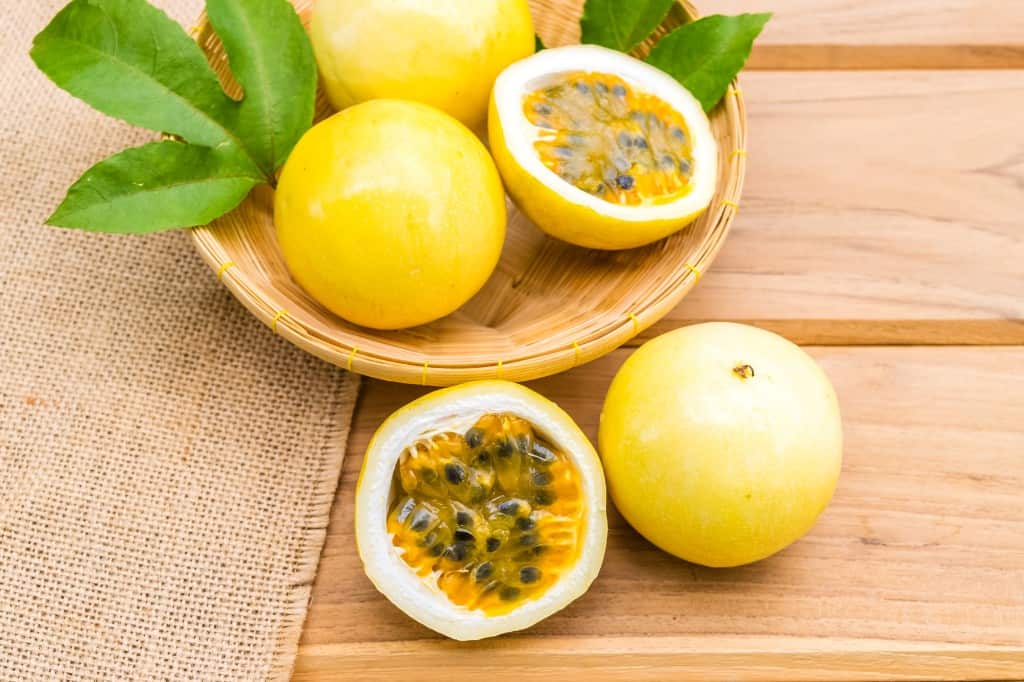
Passion fruit – Passion fruit is a fleshy tropical fruit that grows in warm areas of South America, Australia, and South Africa. It has delicious soft flesh. It’s popular because it’s high in antioxidants, which are good for your health.
Corn

Corn – Also known as maize, corn is a starchy vegetable that comes in the form of kernels on a cob covered by a husk. Cornmeal is the result of grinding them. Also known as coarse flour, maize flour is yellowish in color and high in fiber, vitamins, and minerals (iron, magnesium, potassium). Corn flour, unlike wheat flour, is gluten-free and recommended for people with coeliac disease or gluten intolerance. In Europe, corn flour is used to make the traditional polenta.
Yellow animals
Golden Retriever

Golden Retriever – It is a hunting dog breed with Scottish origins. This lovely dog’s original name is yellow retriever. It is a very human-friendly dog breed, making it an excellent pet choice, particularly for families with children. It gets its name from the color of its coat, which is a deep yellow with golden undertones. They are available in four different colors: cream, light gold, classic gold, and dark gold.
Yellowjacket
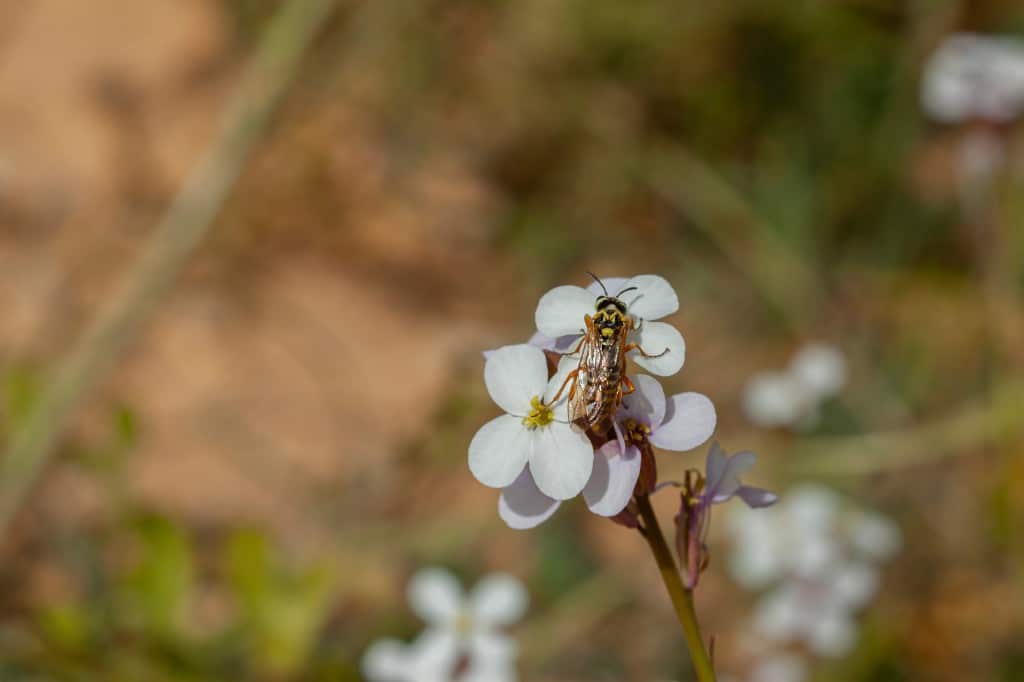
Yellowjacket – In North America, these predatory wasps are known as yellowjackets. Their sting is painful. They have yellow bodies with black stripes and are larger than bees. They feed on aphids, caterpillars, and other larvae during the grub. Their function is to pollinate.
American Goldfinch
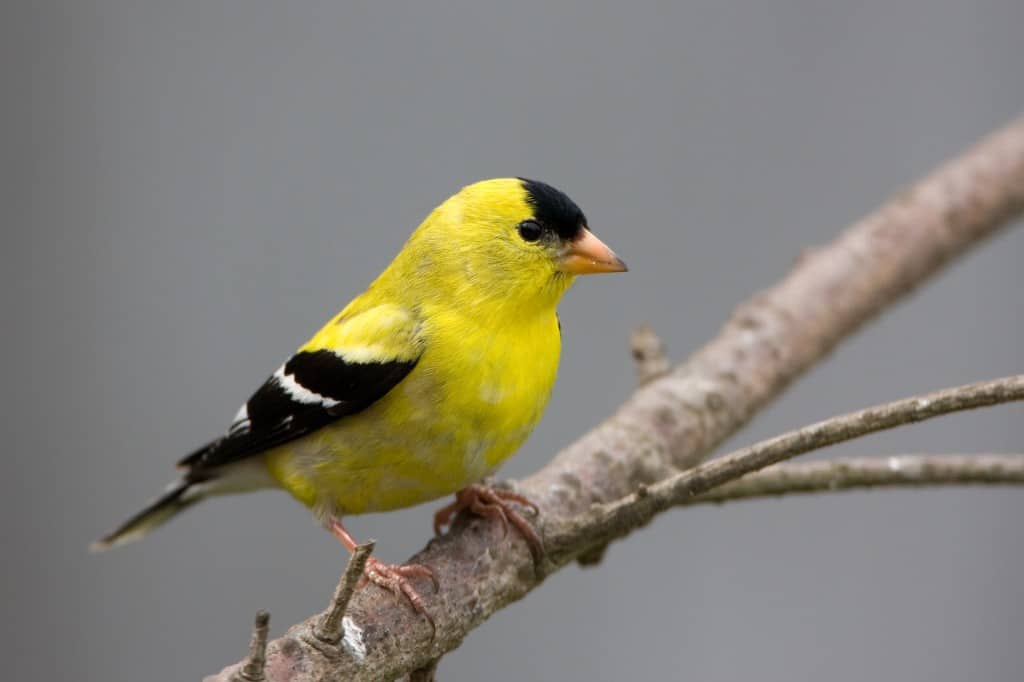
American Goldfinch – The American Goldfinch is a small, bright yellow bird with a black forehead and black wings. Carotenoids are responsible for the color of the state bird of Iowa, New Jersey, and Washington. It’s probably one of the most beautiful yellow birds.
Sun Conure Parrot
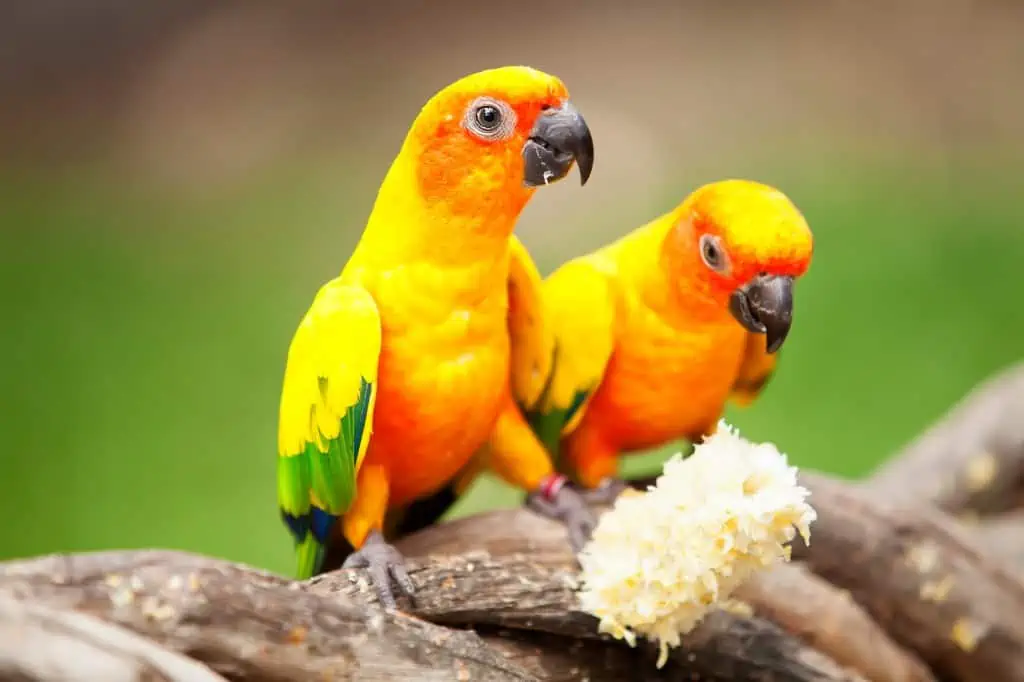
Sun Conure Parrot – A small and adorable endangered bird that can grow to be about 12 inches (30 cm) long, the sun conure parrot is popular as a pet bird. It has a predominantly golden-yellow plumage and is very vocal. When Sun Conure parrots reach maturity, they develop this bright yellow or orange coloration.
Asian Golden Weaver
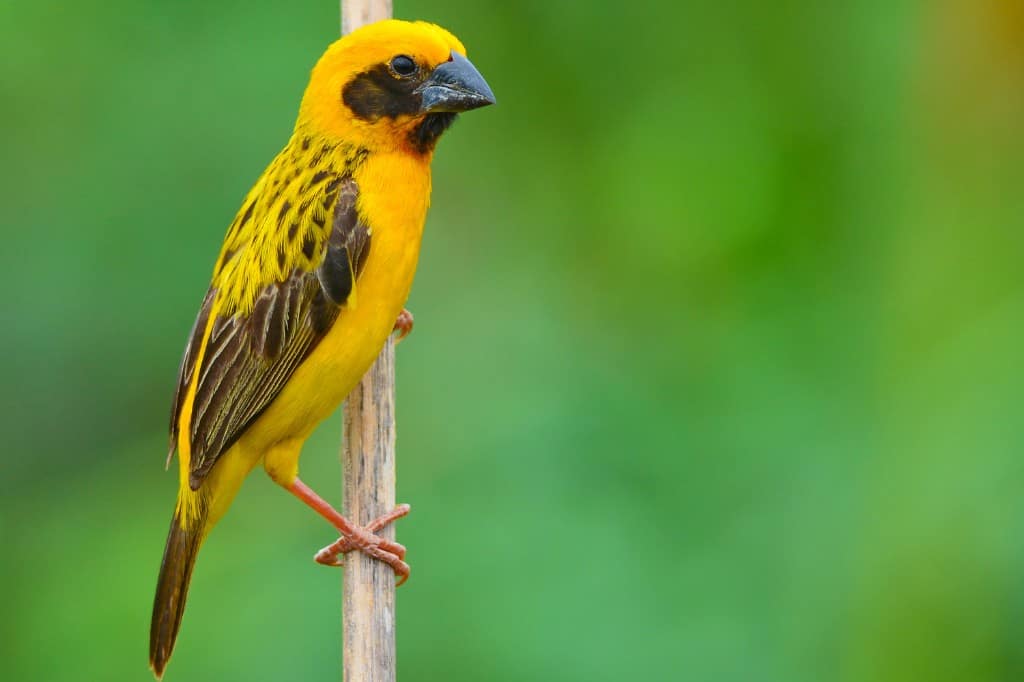
Asian Golden Weaver – The Asian golden weaver is a Ploceidae family bird that lives in Cambodia, Laos, Indonesia, Thailand, Myanmar, and Vietnam.
Blue and Yellow Macaw
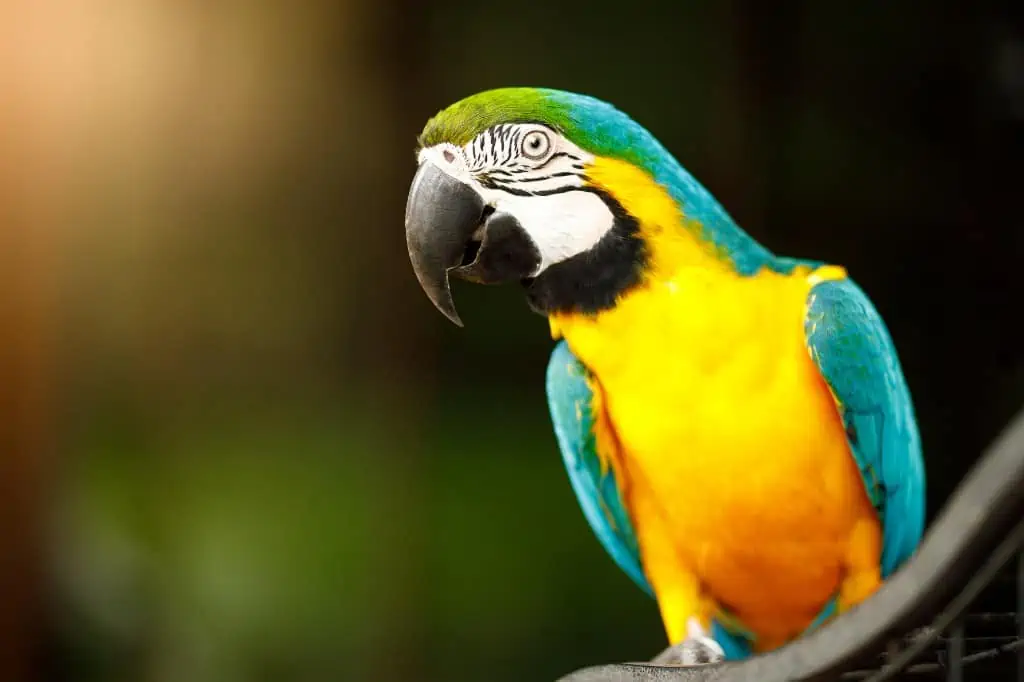
Blue and Yellow Macaw – Also known as the blue-and-gold macaw, this macaw is a large South American parrot growing up to 35 inches (91 cm) in length. This parrot belongs to the large group of Neotropical parrots, named after its beautiful bright yellow and blue feathers.
American Yellow Warbler
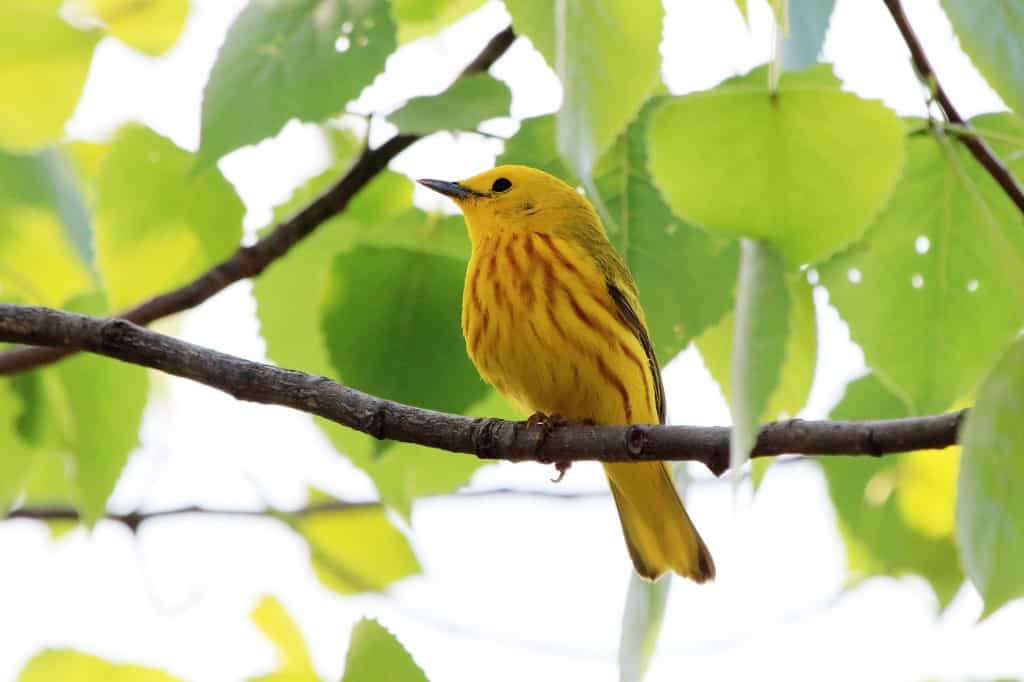
American Yellow Warbler – A species of warbler from North America, the Caribbean, and northern South America, the yellow warbler is uniformly yellow. Males have a bright yellow hue with reddish stripes on the undersides. The beautiful song of this bird is a familiar sound in the willows along creek banks and forest edges. It is one of the pure yellow birds. Carotenoids, which are produced by plants, provide the color. This lovely shade of yellow is produced by eating plants or insects that eat carotenoid-rich plants.
Golden Palm Weaver
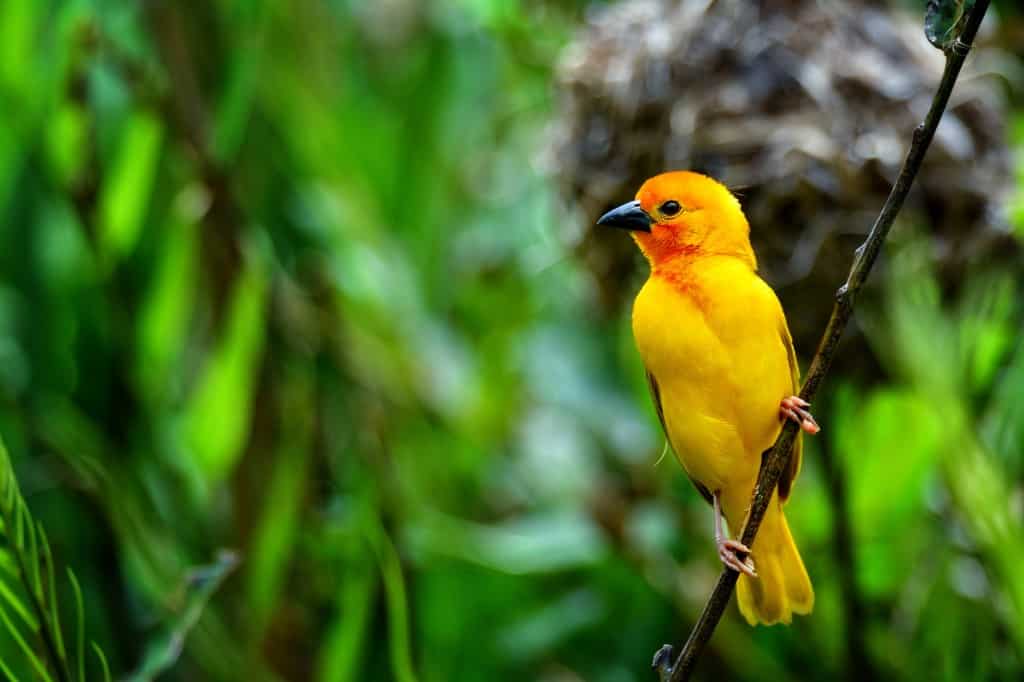
Golden Palm Weaver – This bright yellow bird, similar to the African Golden-Weaver, lives in coastal savannahs, palm-tree areas, and along rivers, primarily in East Africa.
Chick
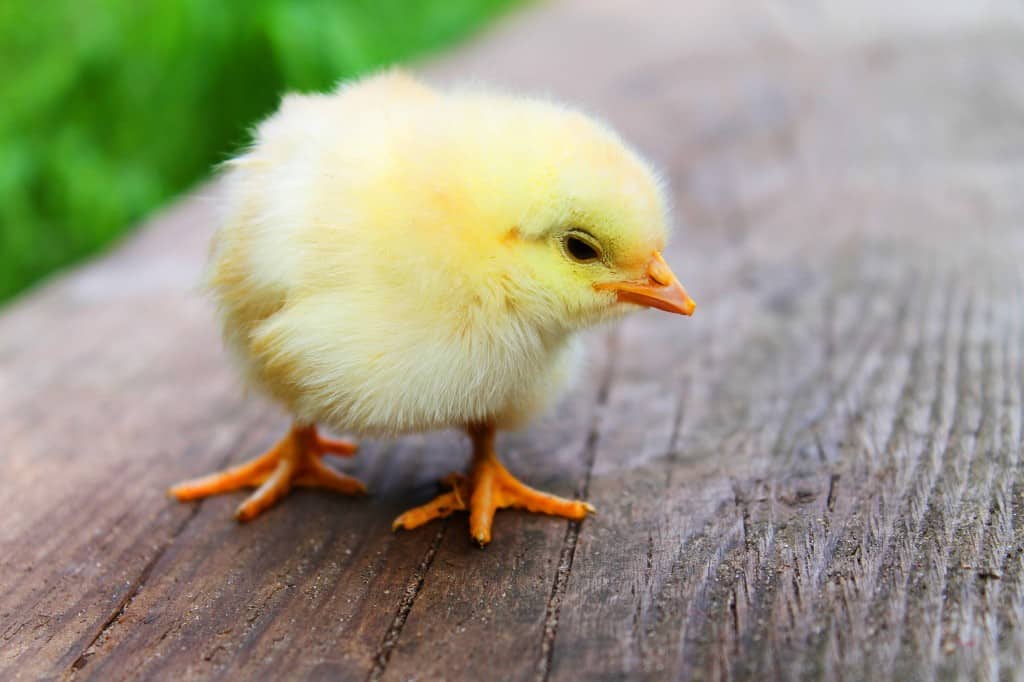
Chick – The chicks are yellow because of the pigment that gives the egg yolk its color. Furthermore, they develop in the yolk sac.
Cockatiel
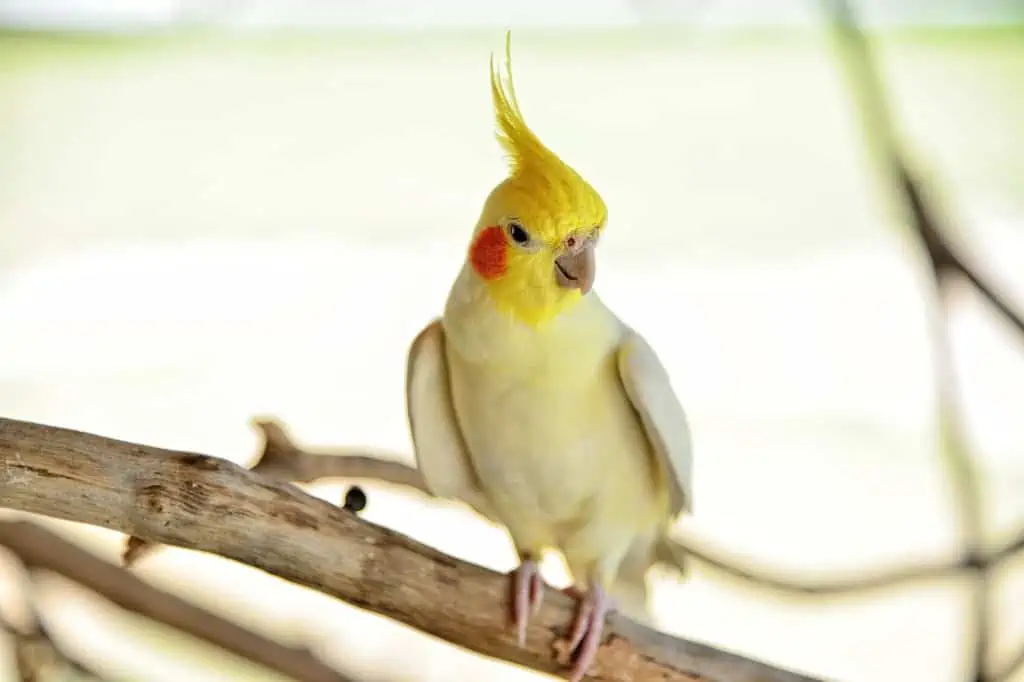
Cockatiel – This bird is shades of yellow and orange on the head and grey on the rest of the body. The yellow and orange hue of the cockatiel is given by carotenoids, plant lipid pigments. It’s one of the most beautiful naturally yellow parrots.
Yellow Golden Pheasant

Yellow Golden Pheasant – It is a color mutation of the Red Golden Pheasant that began in 1950. It first appeared in the United States in 1960. These pheasants are stunning, with red highlights at the top and a golden-yellow crest.
Panamanian Golden Frog
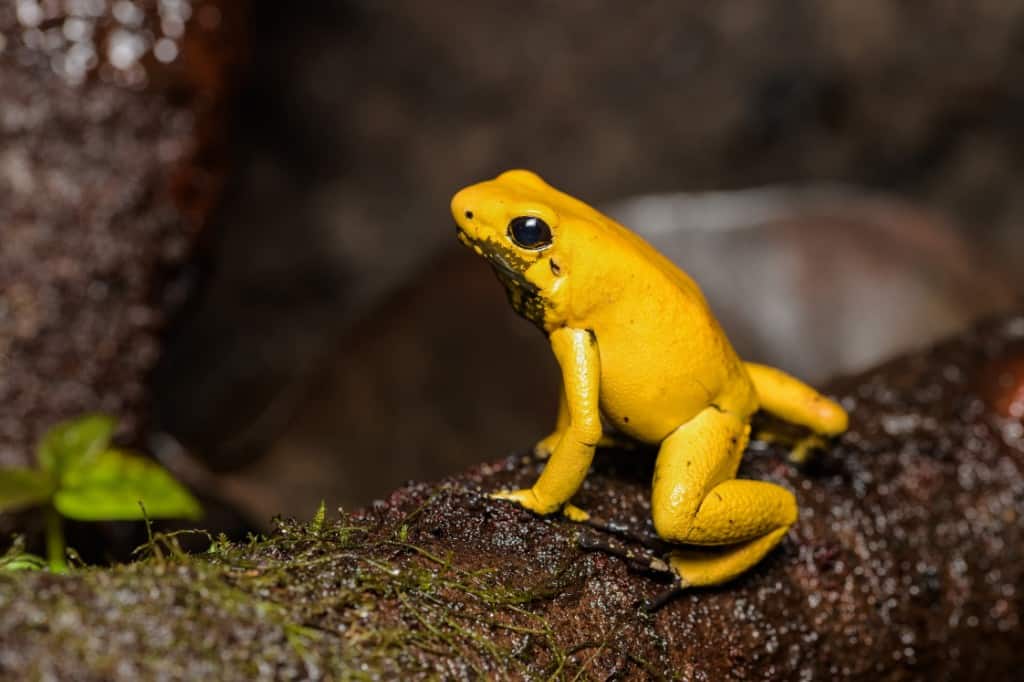
Panamanian Golden Frog – These frogs are mysterious, beautiful, and rare, and they live in the humid tropical forests of west-central Panama (Central America). Their yellow skin serves as a warning to predators, keeping them away. The Golden Frog is Panama’s national symbol.
Eyelash Viper
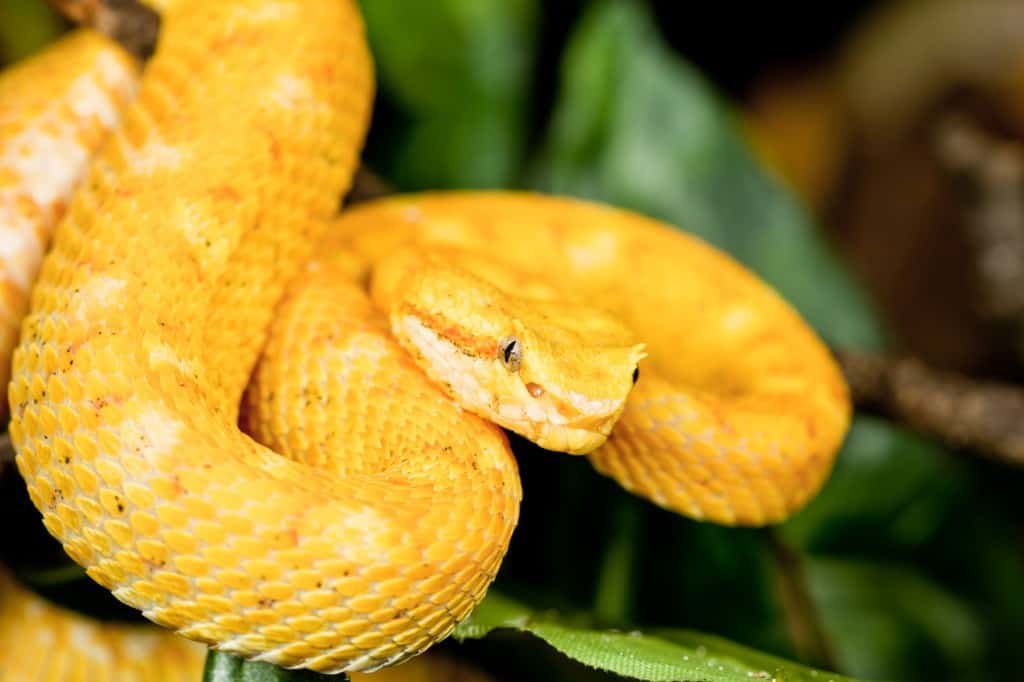
Eyelash Viper – This viper is known for the speed with which it strikes. The Eyelash Viper bite is neurotoxic and haemotoxic and affects the central nervous and cardiovascular systems. It can be fatal. This species lives in Central and South America. Its name comes from the scales above the eyes that resemble eyelashes.
Fire Salamander

Fire Salamander – This reptile, a species of salamander native to Europe, can be black with yellow spots. Yellow is the predominant color in some frogs. Salamander Fire contains a toxin that, if ingested, causes hypertension, respiratory paralysis, and muscle convulsions. It’s how they protect themselves from predators.
Burmese Python

Burmese Python – The Burmese python, one of the world’s largest snake species, lives in Southeast Asia and is non-venomous. They can grow to be up to 23 feet long. They are also called albinos because they lack black pigment. The Burmese python’s color is primarily determined by yellow and red pigments.
Yellow Tang
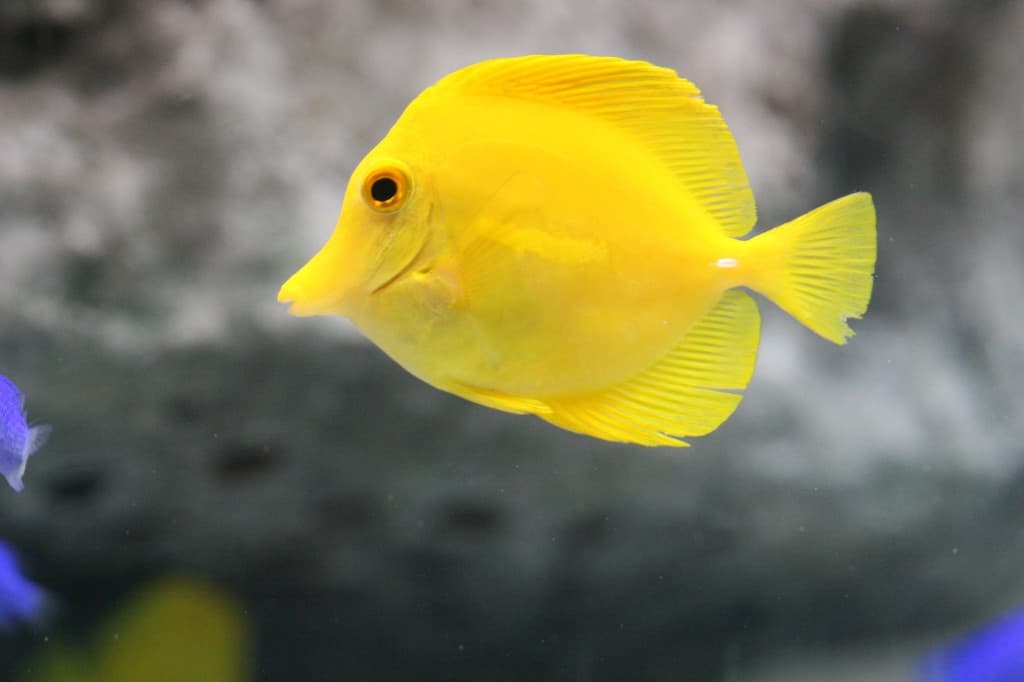
Yellow Tang – The Yellow Tang is the only yellow fish in the world, making it one of the most popular marine aquarium fish. It feeds on algae, which are vital to the coral reef ecosystem.
Pacific Sea Nettle
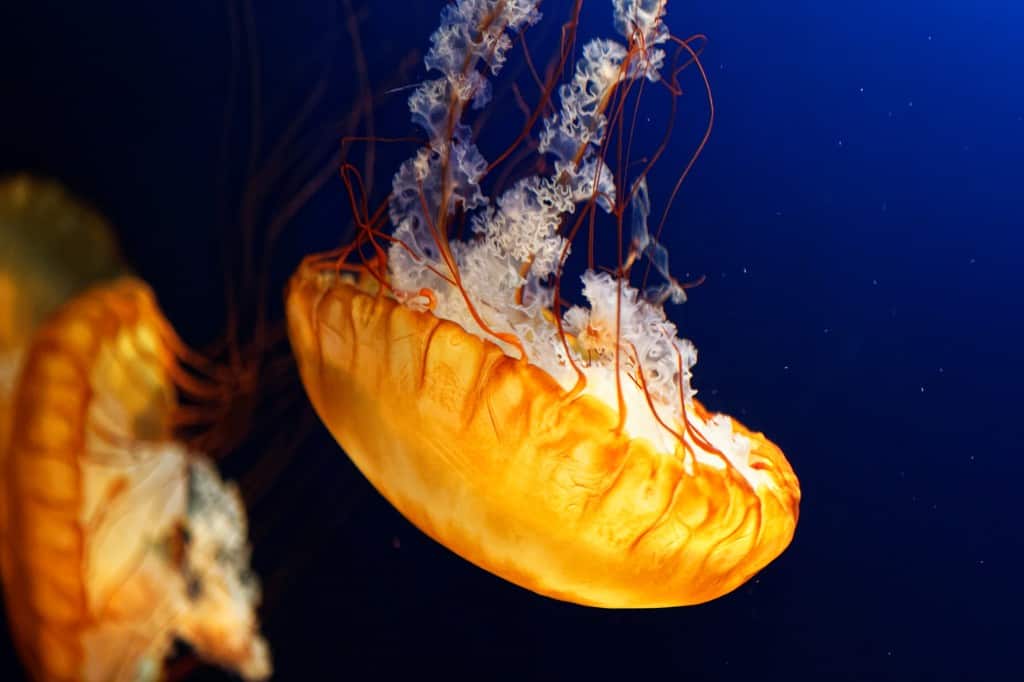
Pacific Sea Nettle – Also known as West Coast sea nettles, this planktonic scyphozoan lives in the eastern Pacific Ocean (from Canada to Mexico). They are easily distinguished from other species by their distinctive shades of yellow to golden-brown bell with a reddish tint. Although the stings of the Pacific sea nettle are not dangerous to humans, they can cause pain.
Yellow Common Seahorse
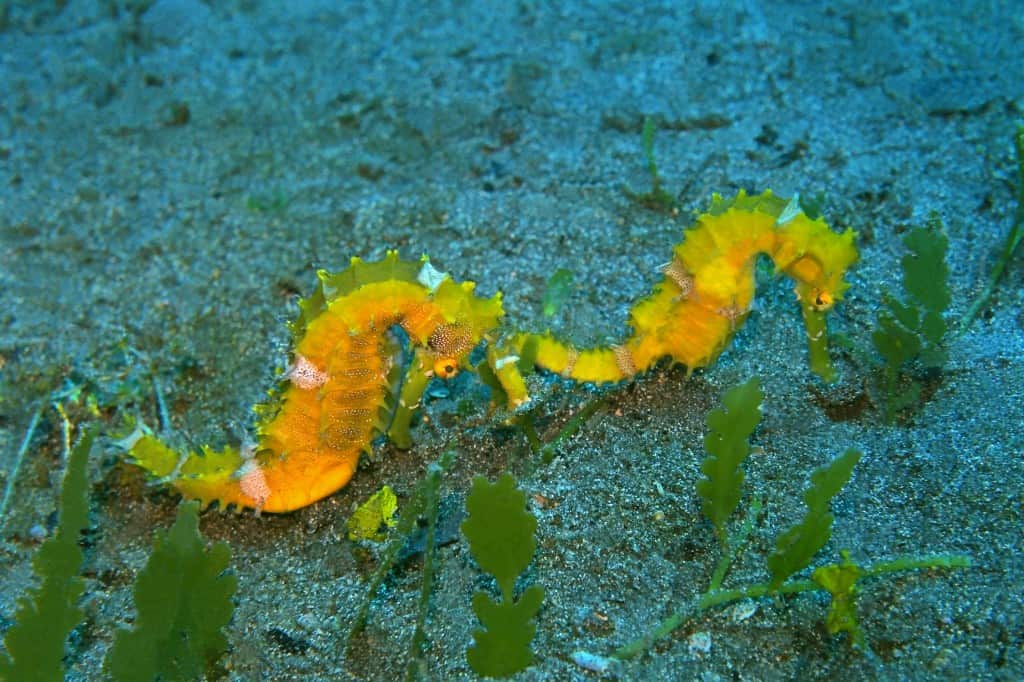
Yellow Common Seahorse – Also known as the estuary seahorse, the yellow seahorse is a marine species native to the Indo-Pacific. It is a popular ornamental fish found in coastal waters or estuaries throughout Southeast Asia, Japan, and Australia. This seahorse can change color to blend in.
Goldenrod Crab Spider
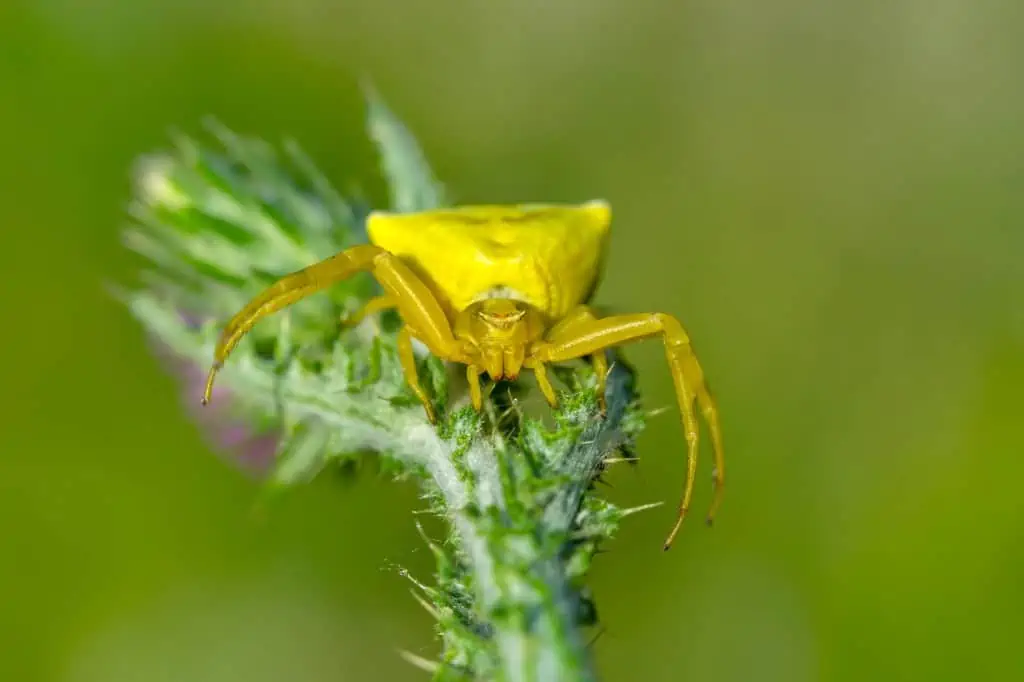
Goldenrod Crab Spider – A species of crab spider, the Goldenrod Crab Spider lives in North America and Europe. Like a crab, this spider holds its legs out to the sides. It is typically found on white or yellow flowers. It can also change its body color from white to yellow in order to blend in. Its bite contains venom, but it can only be fatal for insects of its size, not for humans.
Clouded Sulphur
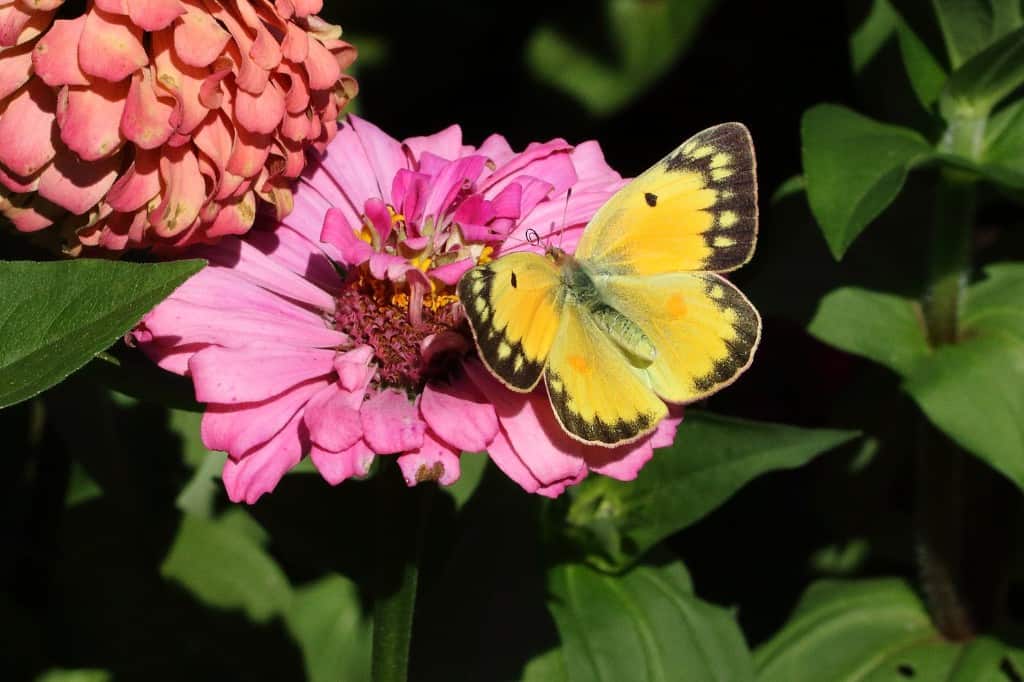
Clouded Sulphur – A medium-sized North American butterfly, the clouded sulfur is among the most common species of butterfly. It has a yellow nonmetallic color and is named after the sulfur-like odor it produces.
Yellow-Throated Marten
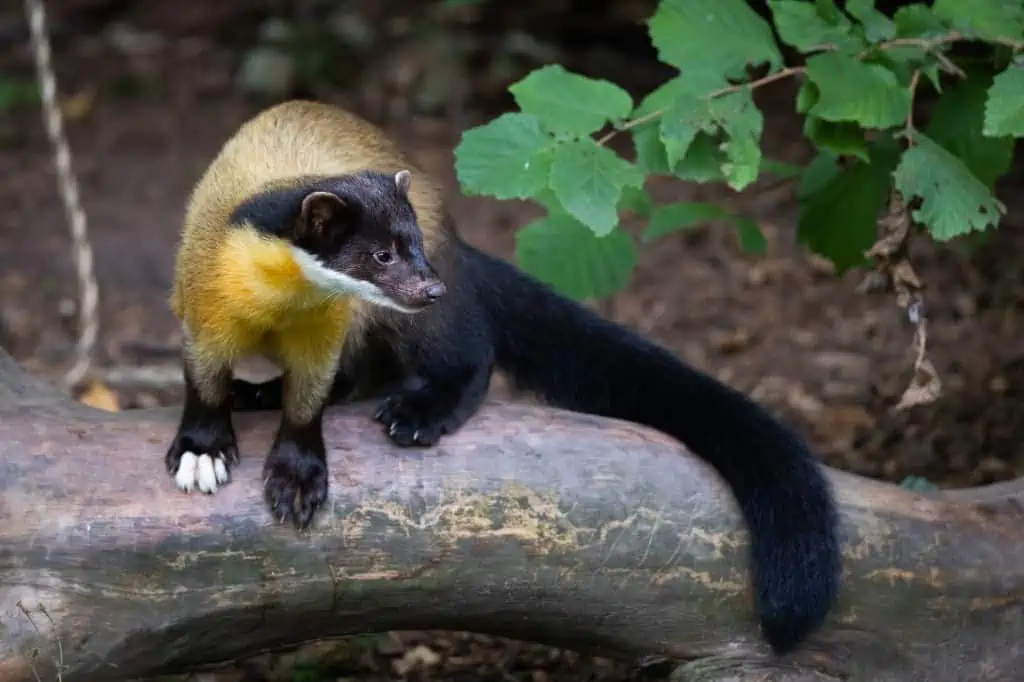
Yellow-Throated Marten – The tail of this small Asian marten species is more than half its length. The yellow marten’s fur is brightly colored, with yellow shades on the body and brown to black on the head, tail, and hind legs. It defends itself from predators by emitting an unpleasant odor.
Yellow Ladybug
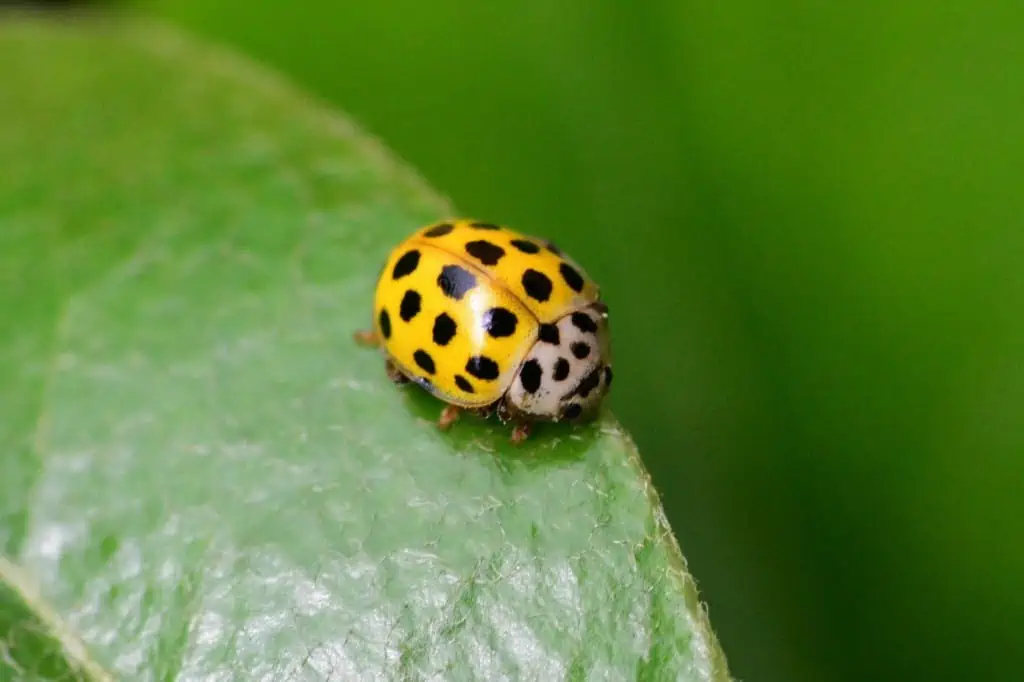
Yellow Ladybug – The yellow color of the wings is caused by genetic mutations. Ladybugs, which have brown body half and yellow wings with black spots, are well known for their ability to get rid of pests.
Yellow plants
Impatiens
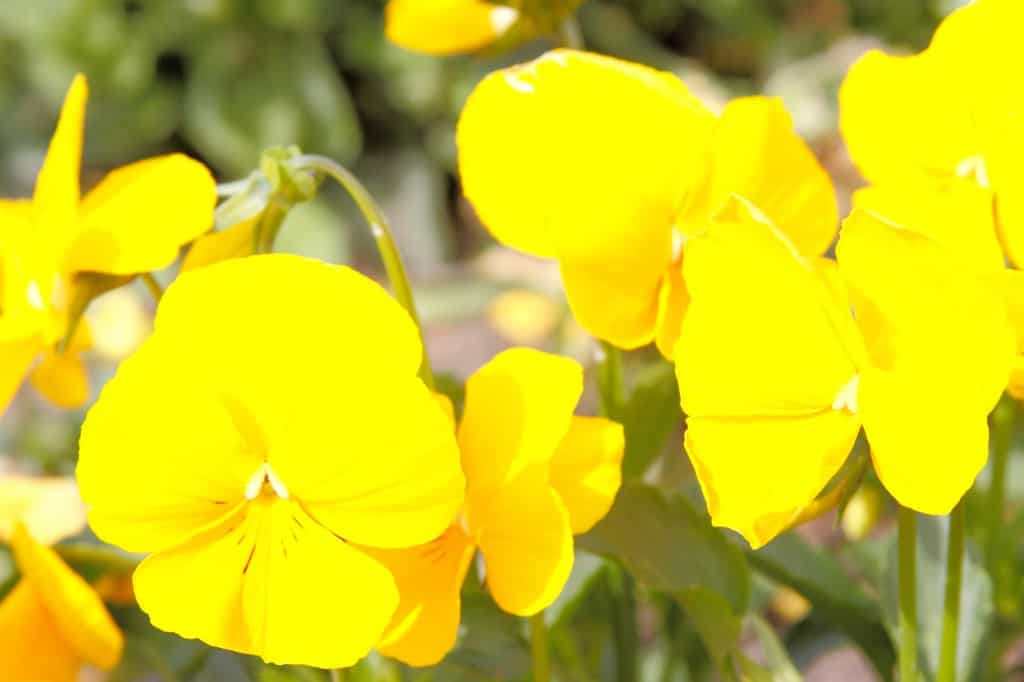
Impatiens – The yellow dahlia, a sun-loving plant, blooms all summer and produces an abundance of beautiful flowers. It is lemon yellow, cheerful, and brings joy.
Dahlia
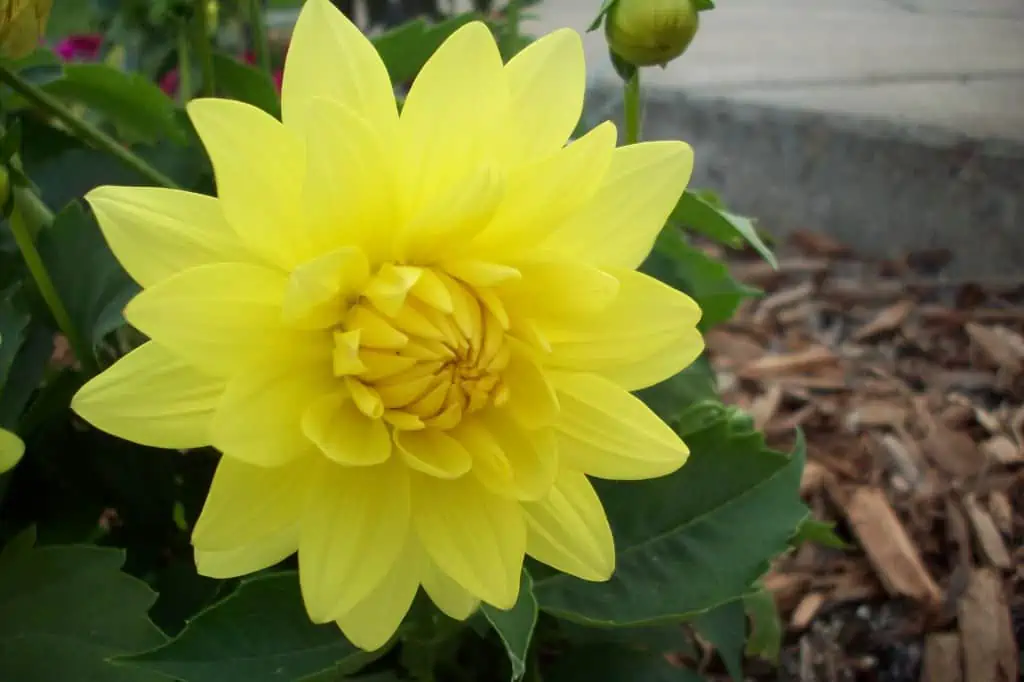
Dahlia – A sun-loving plant, the yellow dahlia blooms all summer long and offers an abundance of gorgeous flowers. It is lemon yellow, cheerful, and brings joy.
Golden Shield Lichen
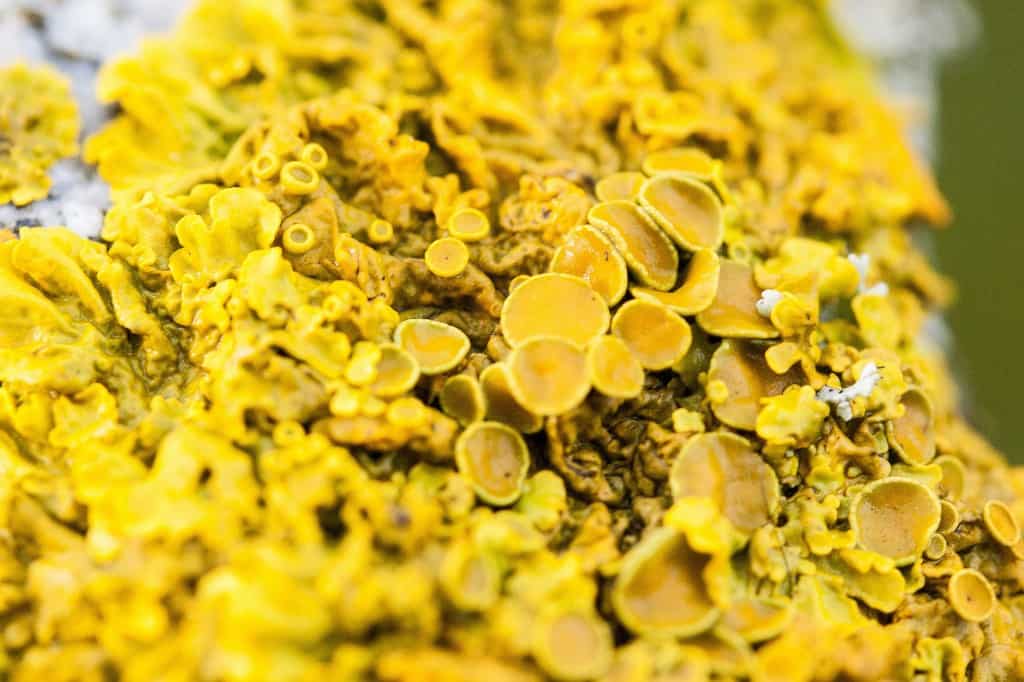
Golden Shield Lichen – This is a leafy lichen that grows in sunny areas. The yellow-orange hue fades to light grey-green in the absence of sunlight. It is most commonly found on moist rocks and walls near the sea. As a result, it is also known as shore lichen.
Yellow Tulip
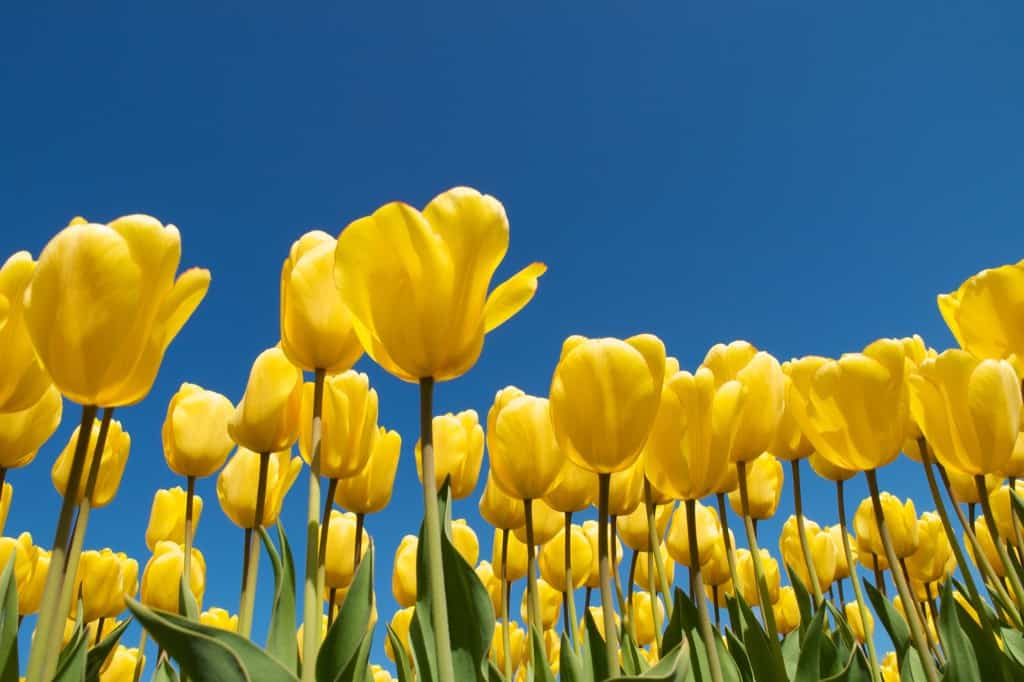
Yellow Tulip – This lovely plant represents joy, hope, and cheerfulness. Yellow tulips brighten your day. They require sunlight and grow best in warm climates. Tulips are available in a range of colors, including pale yellow, cream, and white.
Sunflower
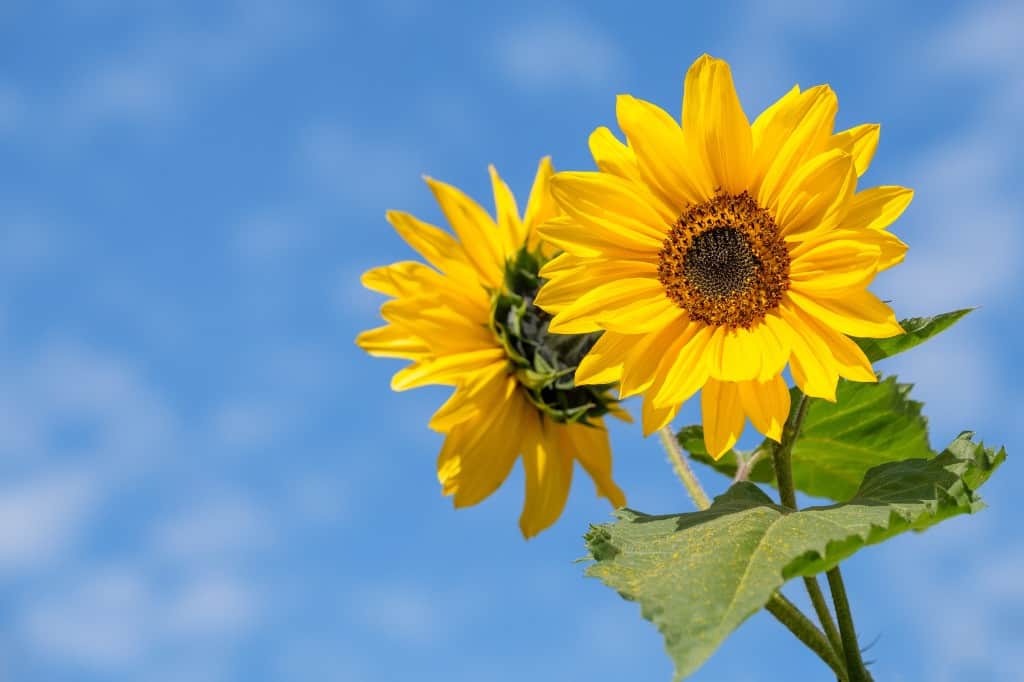
Sunflower – A symbol of loyalty and adoration, the sunflower is native to America and, as the name implies, enjoys the sunlight. One of the most beautiful yellow things in nature, the sunflower can grow up to 6.5 feet tall (2 meters). Bright flowers can illuminate your path. When roasted, their seeds are delicious. Its flowers represent the raw material used in the production of sunflower oil, which is used in cooking.
Sunflowers are yellow because beta-carotene pigment is found in the leaf cells. Except for yellow, it absorbs light rays.
Yellow Rose
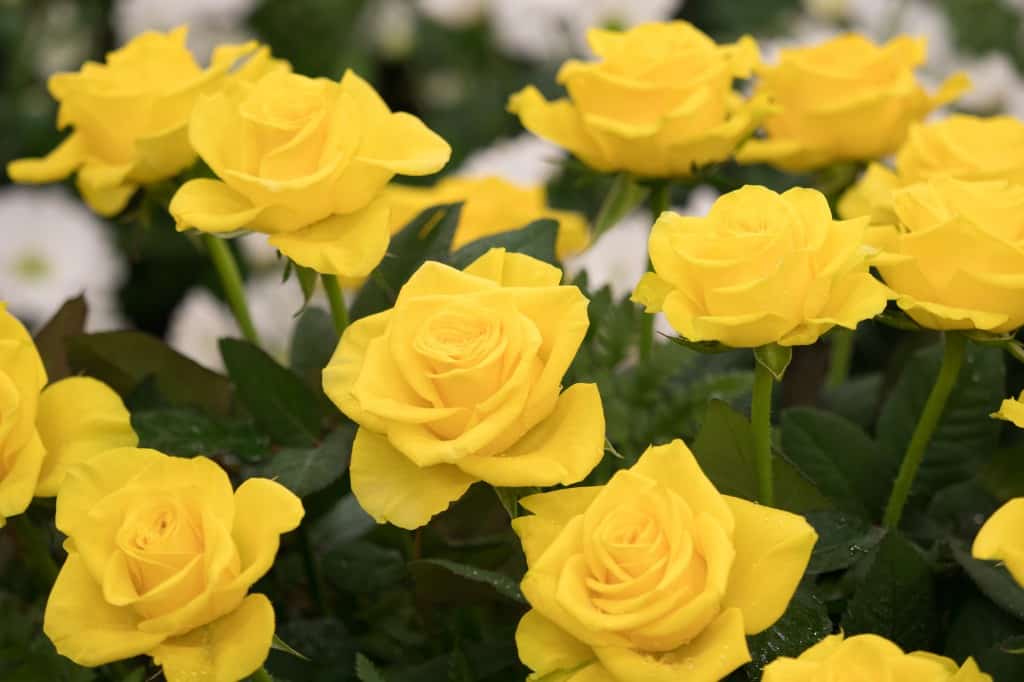
Yellow Rose – An ornamental perennial plant, the yellow rose is a symbol of friendship. Carotenoids with structurally diverse structures give the yellow rose its color.
Gerbera Daisy
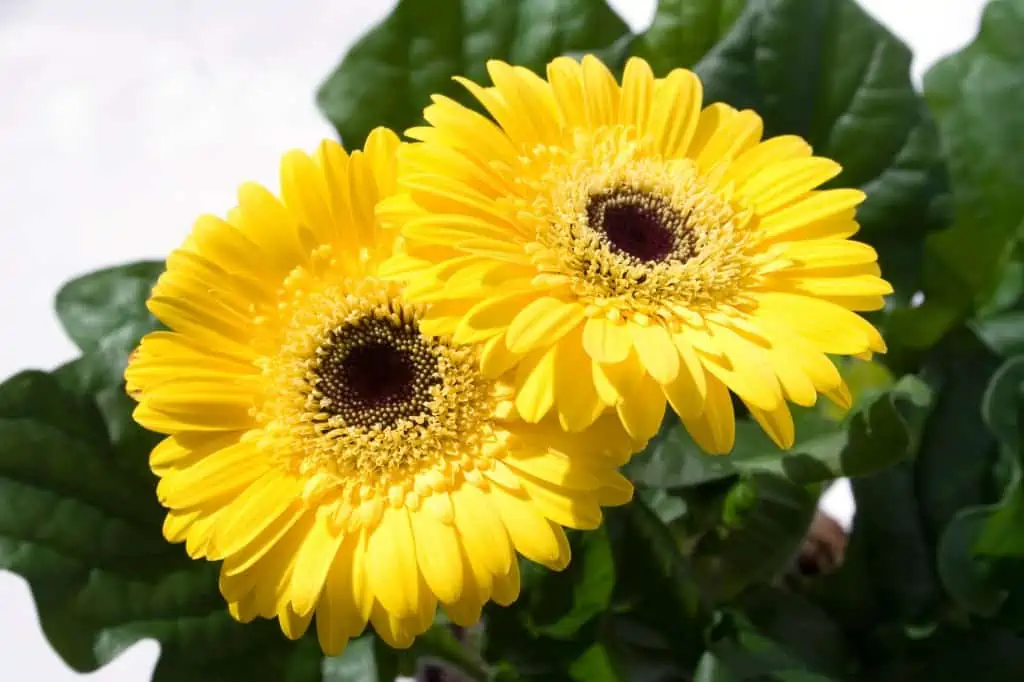
Gerbera Daisy – The flower’s name is derived from naturalist Traugott Gerber, and it is simple to cultivate outdoors. They are native to South Africa and prized for their bright flowers. Daisy flowers can be yellow, orange, red, or pink.
Graham Thomas Rose
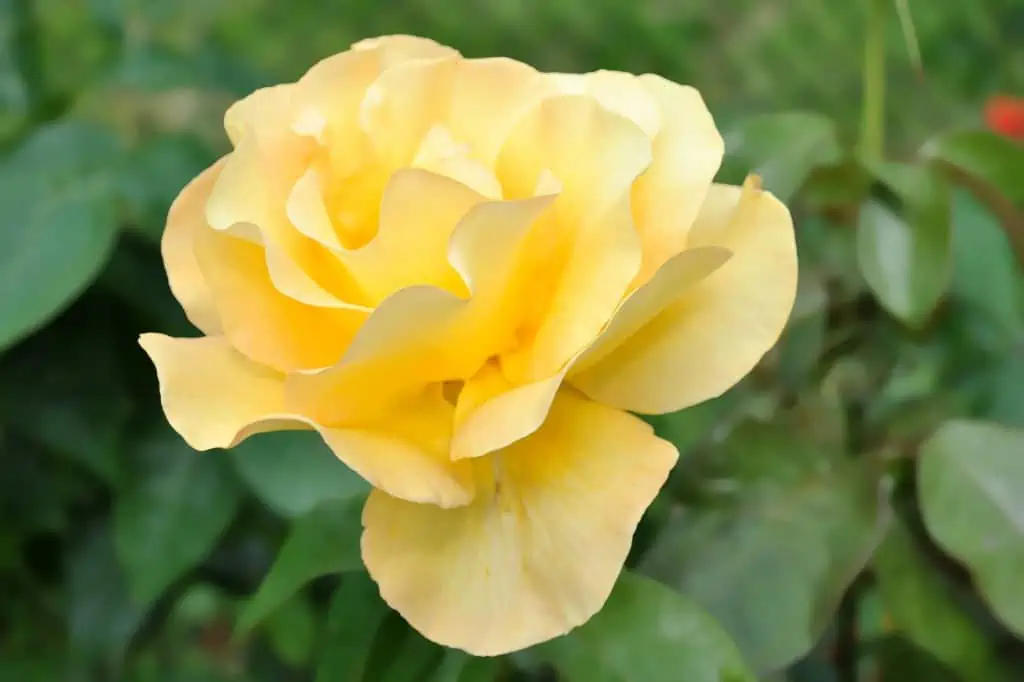
Graham Thomas Rose – Graham Thomas Roses are climbing plants that are well-known for their vibrant yellow flowers. It is simple to grow and blooms from late spring to late autumn.
Dutch Yellow Hyacinth
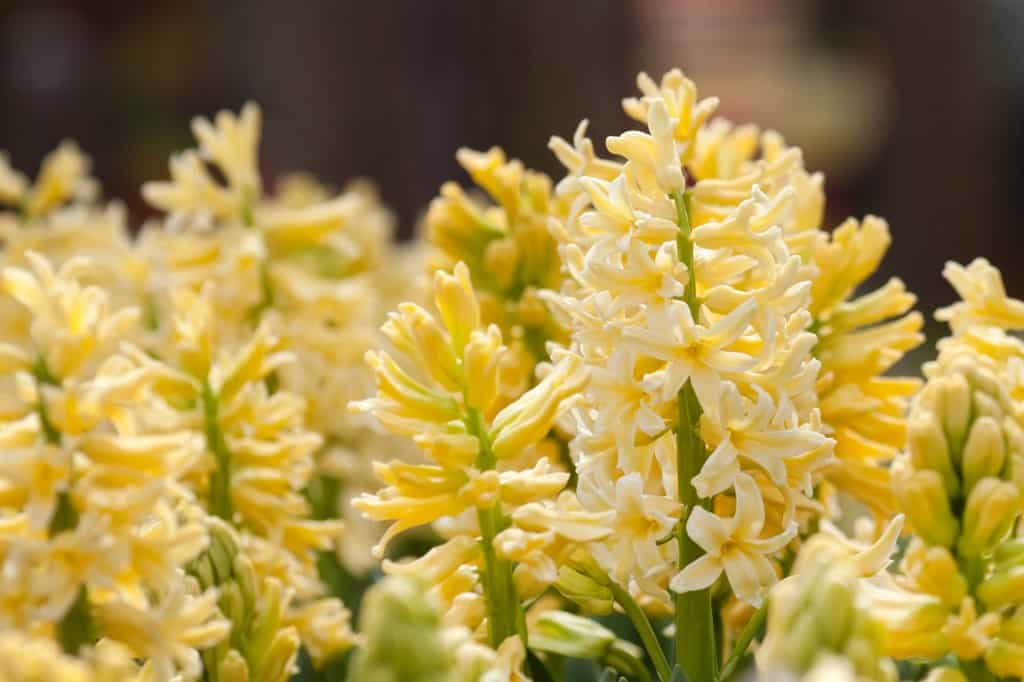
Dutch Yellow Hyacinth – Known for its fragrance, the yellow hyacinth cheers with its soft yellow color. They are also available in red, pink, salmon, purple, blue, and white.
Yellow Iris
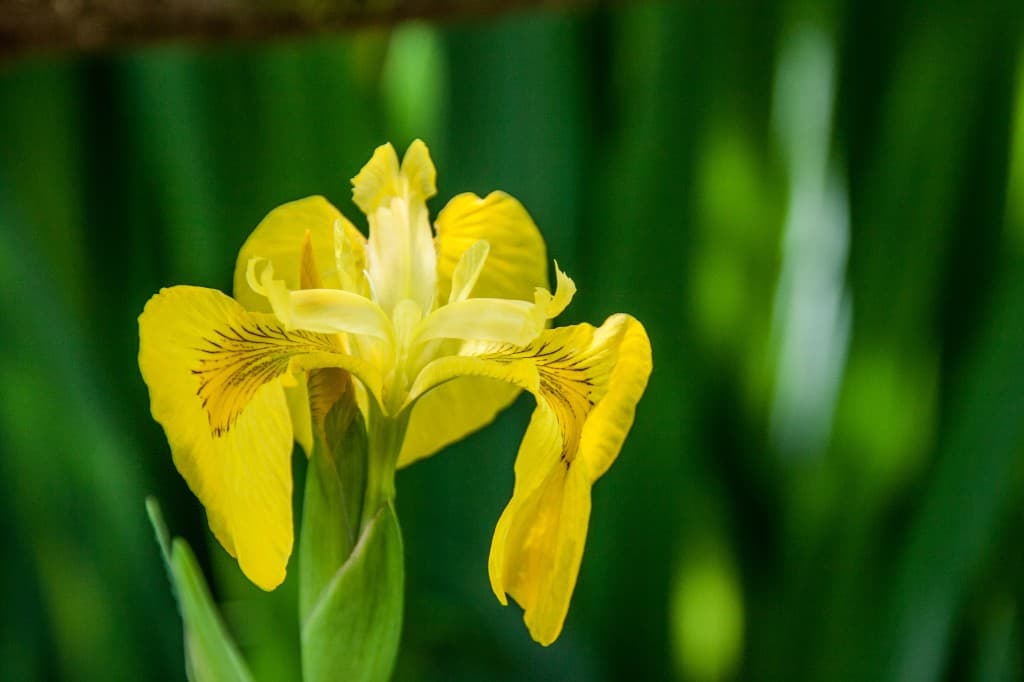
Yellow Iris – Among the most popular garden plants, the yellow iris is a perennial that is notable not only for its delicate and precious appearance but also for its subtle scent. Some consider it to be a fleur-de-lis, a heraldic symbol. It has symbolism associated with the prevention of evil.
Daylily
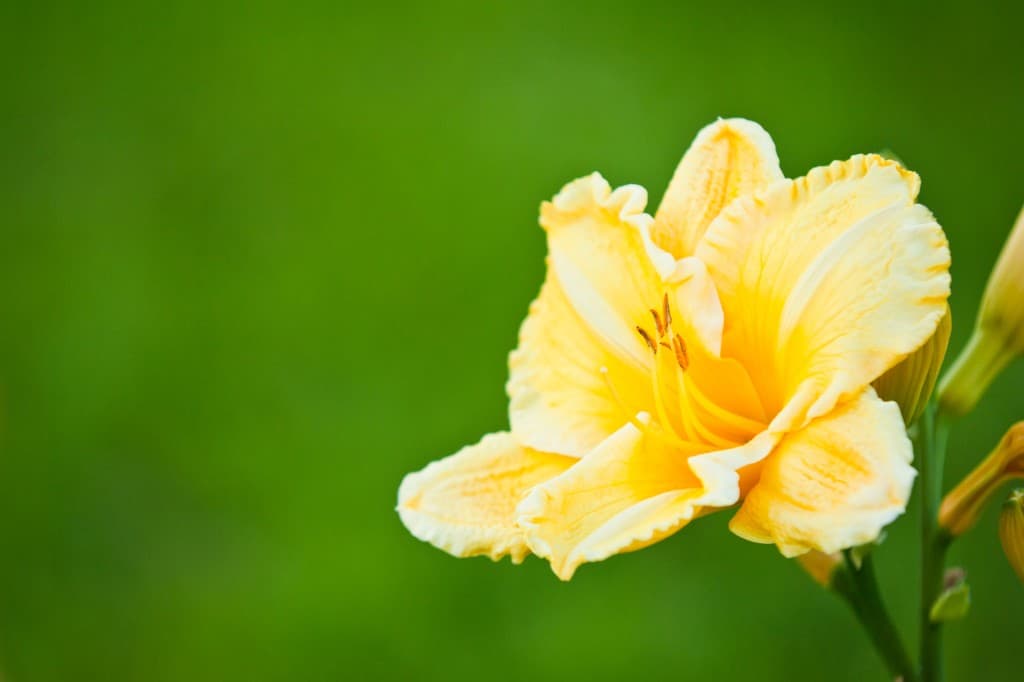
Daylily – Daylily is an ornamental perennial herbaceous plant known for its fragrant flowers. Gardeners appreciate this plant’s green leaves and early blooming flowers. The flowers can also be other colors and shades of red or pink.
Ranunculus
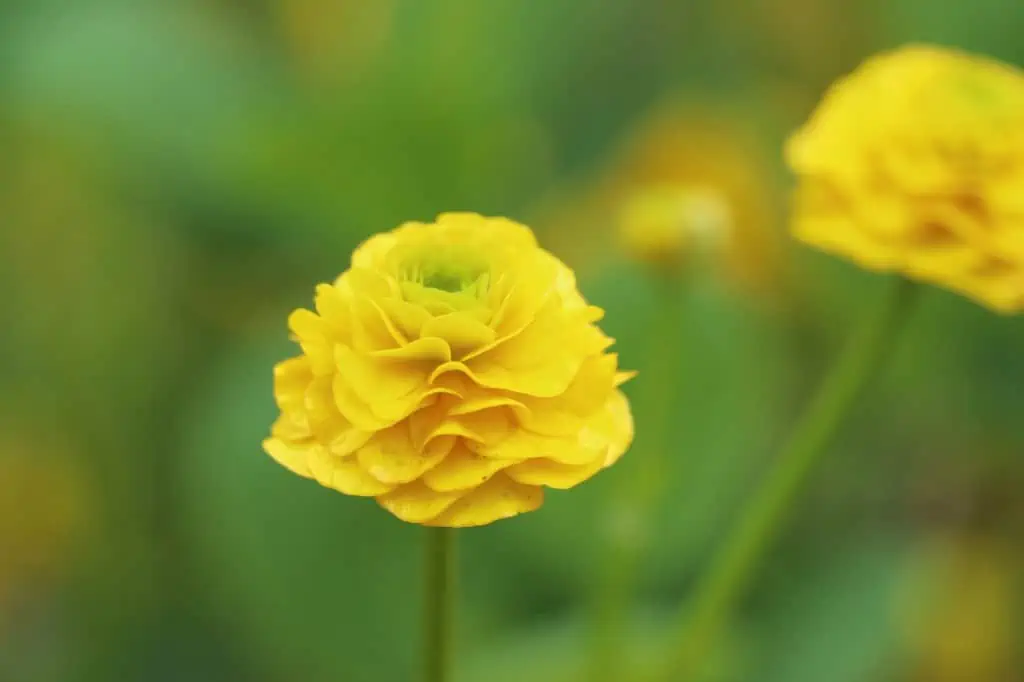
Ranunculus – This tuberous perennial has large rose-like flowers. They bloom for up to 7 weeks, from late spring to early summer. The flowers are available in a range of colors, including yellow, orange, red, pink, and white. The flowers are in high demand because their vibrant colors convey energy and optimism.
Dandelion
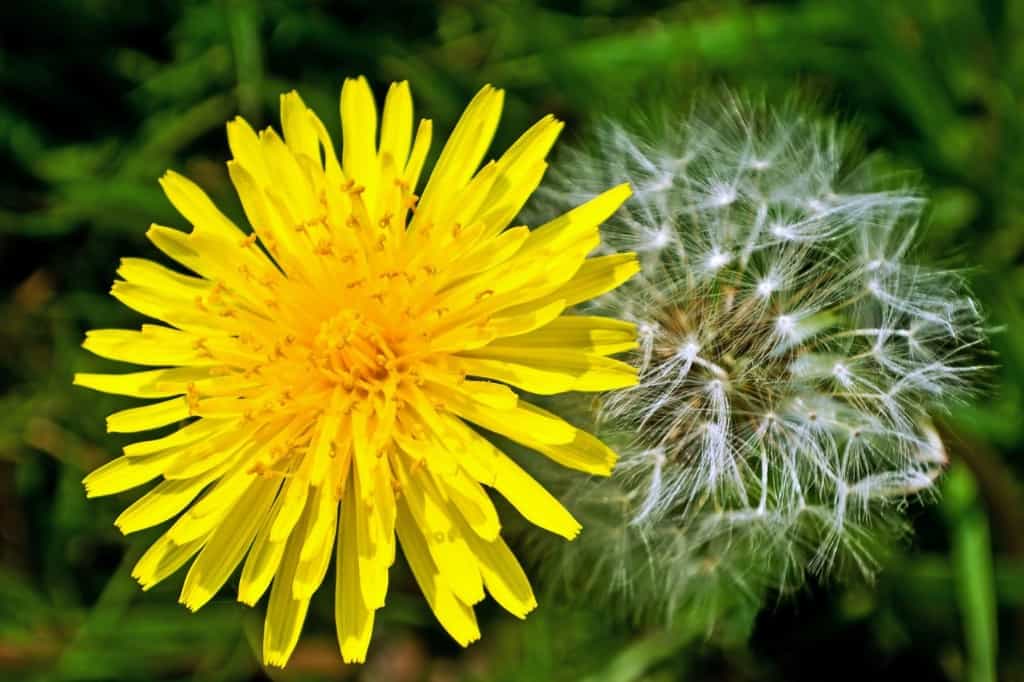
Dandelion – The common dandelion is a bright yellow plant that grows in meadows and along riverbanks. The only difference between white and yellow dandelions is their developmental stage; otherwise, they are the same type of weed. So, in a stiff breeze, yellow dandelions grow successfully and become white globes of exposed seed, dispersing their seeds over long distances. According to some traditions, the seedpods are blown by people who make a wish beforehand.
Coreopsis
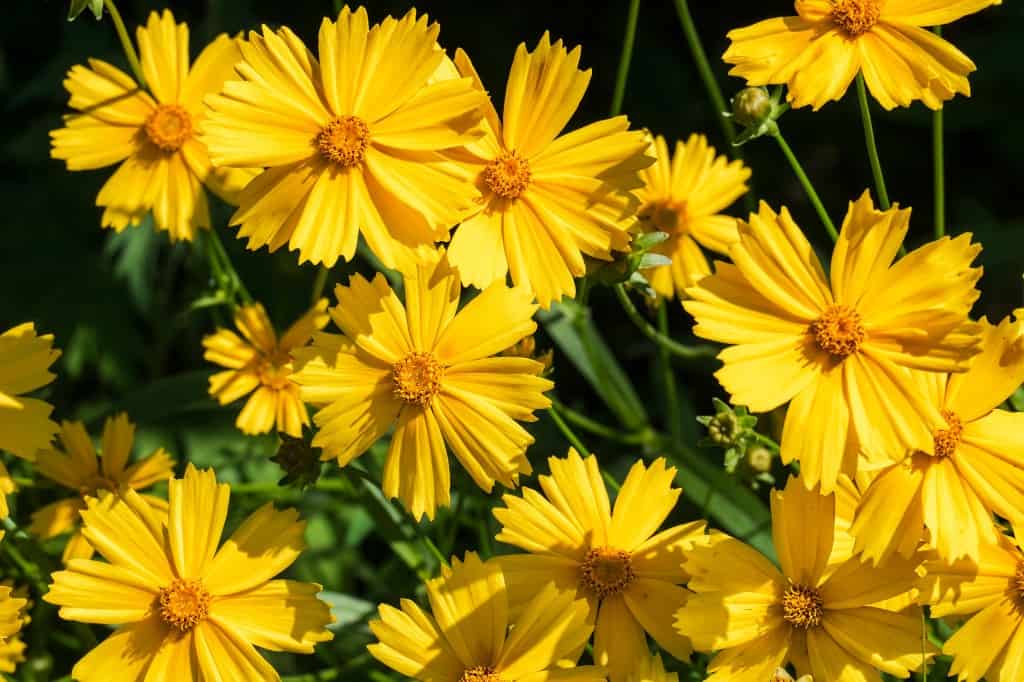
Coreopsis – Also known as Tickseed, the coreopsis is prized for the vibrant colors of its flowers, which resemble daisies. They are water and sun-loving plants with vibrant yellow flowers. They bloom in May and June. Some Coreopsis are perennials, lasting more than a year, while others are annuals, lasting only one year. Coreopsis is one of the most long-flowering perennials.
Mustard Plant
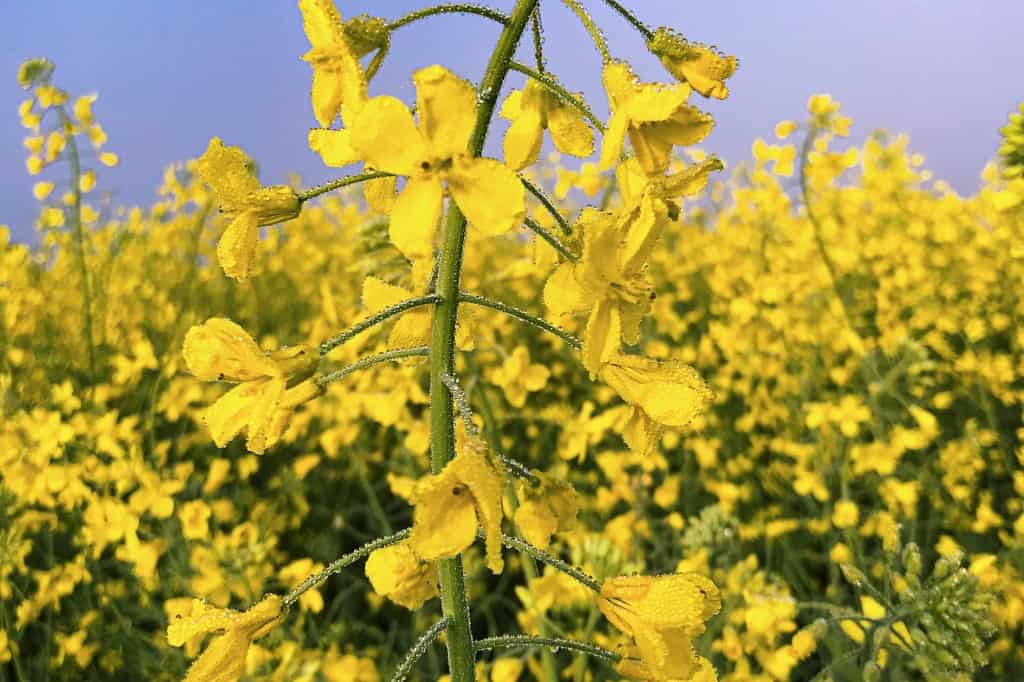
Mustard Plant – The mustard plant has a lovely decorative appearance and is typically grown in large fields. It was used as a medicinal herb and spice in the Middle Ages. The yellow color of mustard flowers is derived from the turmeric plant’s rootstock. Yellow mustard flowers look similar to rapeseed flowers. They bloom in the autumn, are hermaphroditic, and self-pollinate. Mustard flowers are used to make the popular mustard.
Chrysanthemum
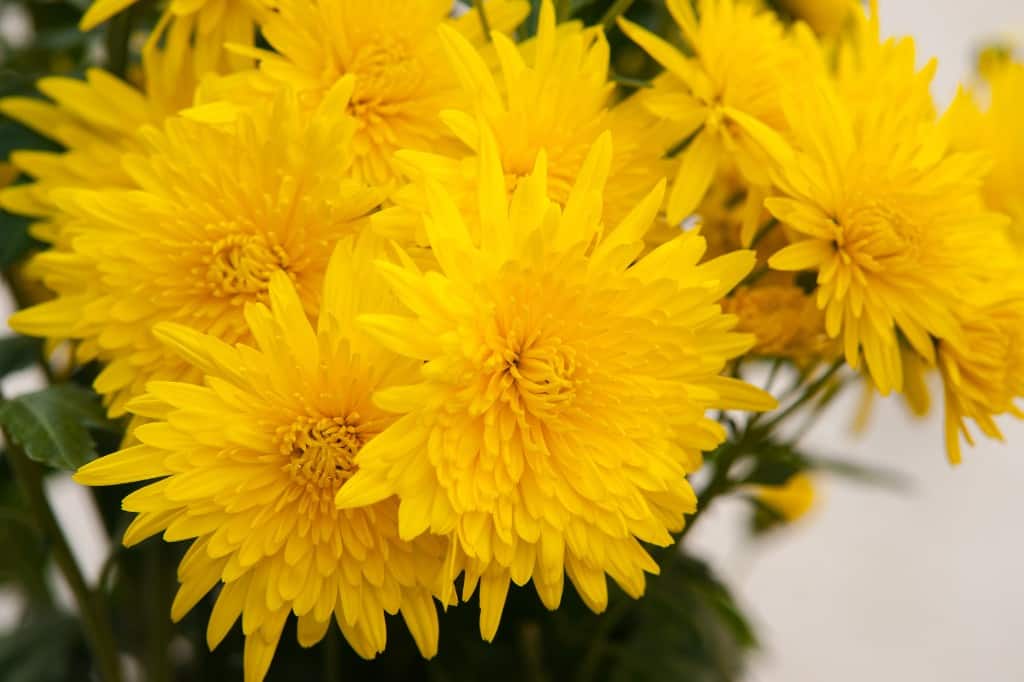
Chrysanthemum – Unlike most flowers, chrysanthemum is a perennial that blooms in autumn and comes in a variety of colors, including yellow, red, lavender, pink, orange, and white. Chrysanthemums thrive in the sun and can grow to be 3 feet tall (91 cm).
Golden Trumpet Tree
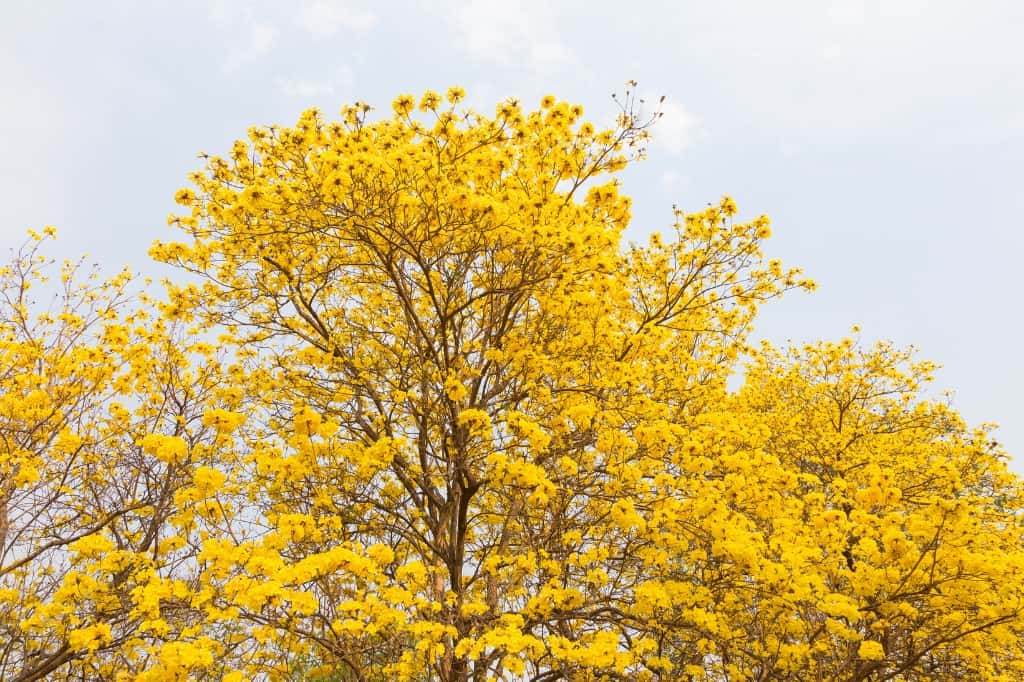
Golden Trumpet Tree – An ideal backyard tree, the golden trumpet tree is a semi-evergreen tree native to Brazil and can reach heights of up to 50 feet (15 m), with average heights of 25-35 feet (7-10 m). Its flower is known as the national flower of Brazil. This tree has dark green leaves covered with golden hairs when young.
Things that are yellow in nature
Yellow is one of the most effective attention-grabbers, whether used by plants to attract pollinators or by animals and insects to attract predators or to camouflage themselves.
In the case of food, it is a plant pigment known as carotenoids. It is the source of food’s yellow hues.
If you enjoyed this comprehensive list of yellow things, please share it with your friends who may be interested.
